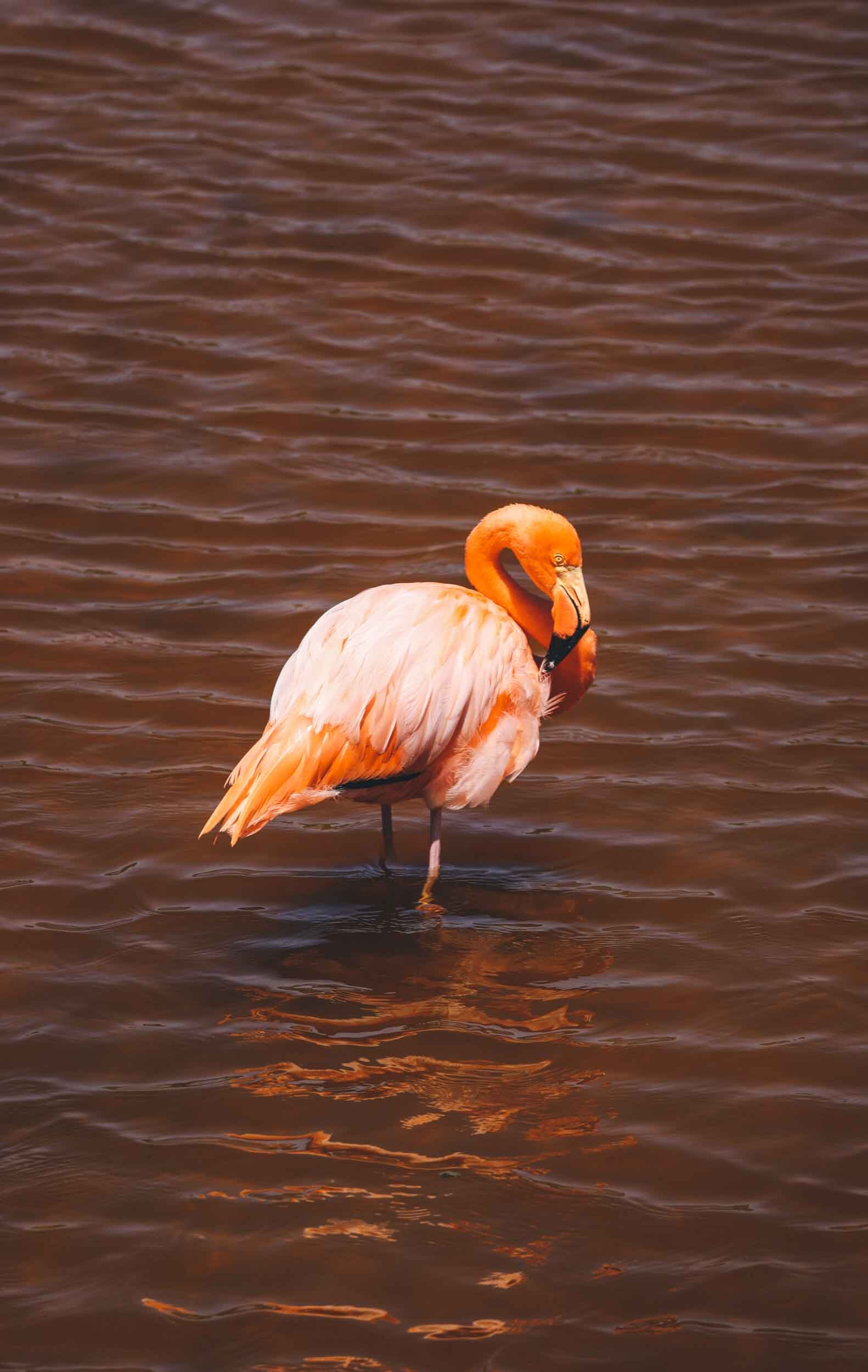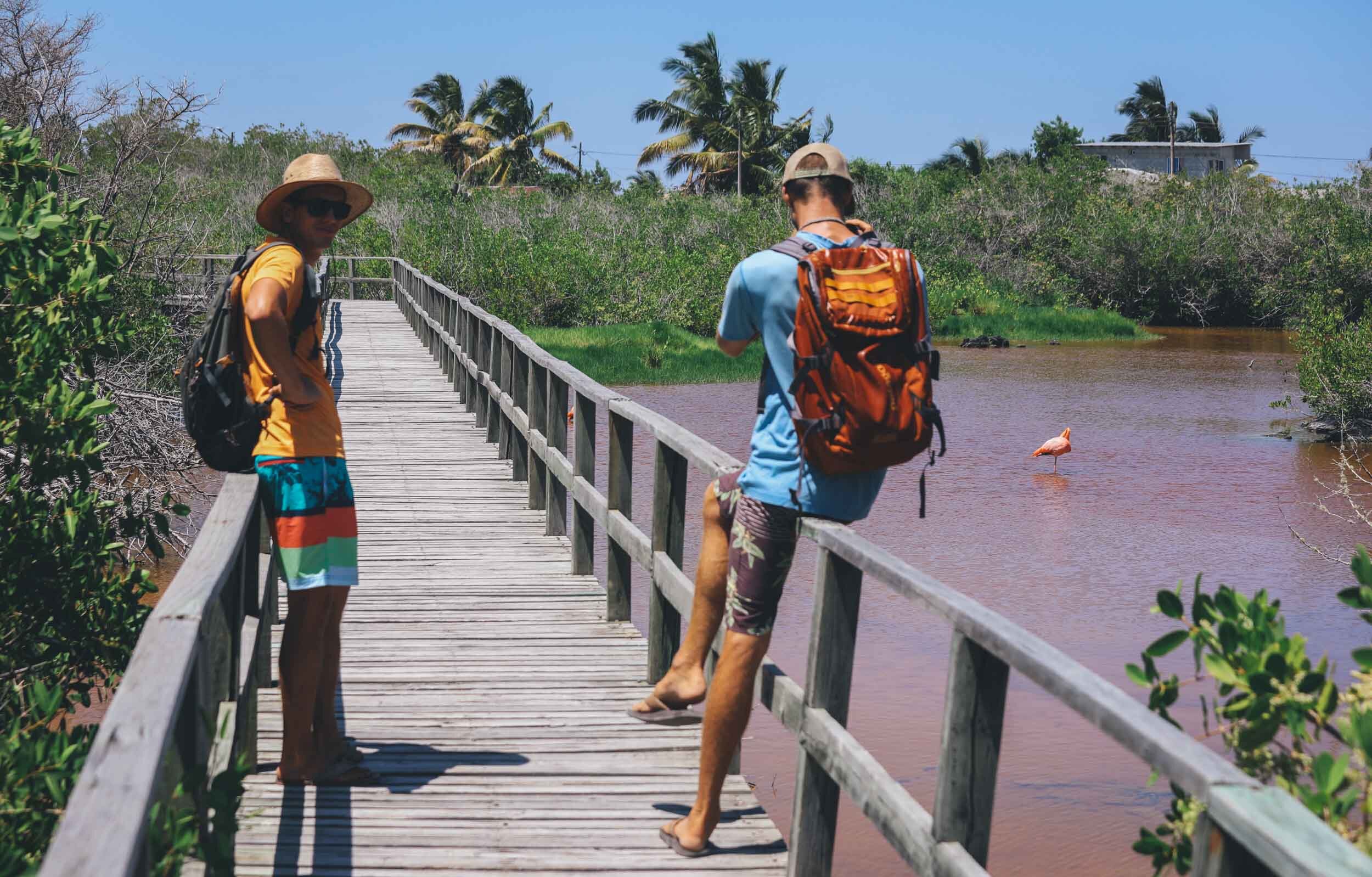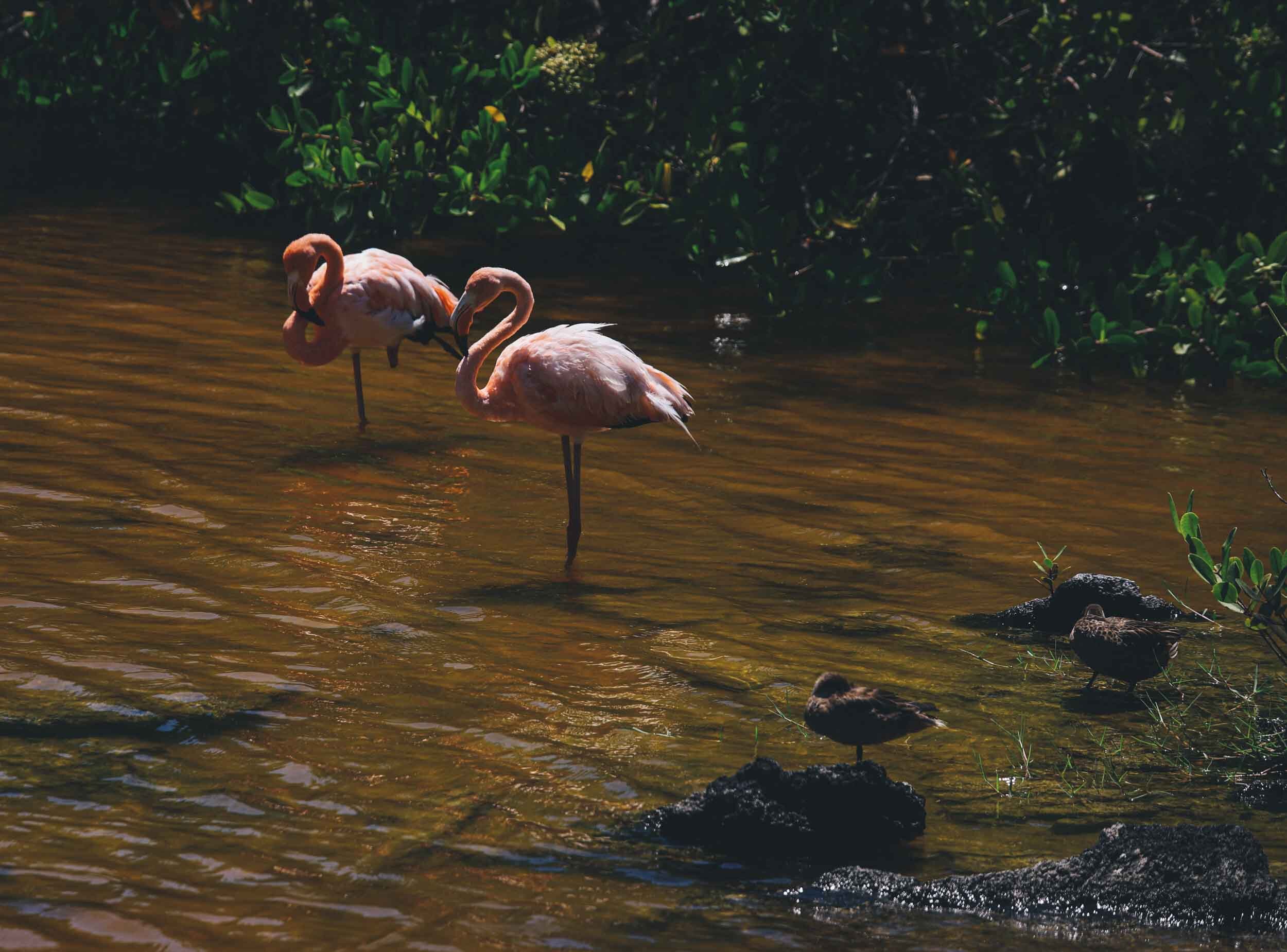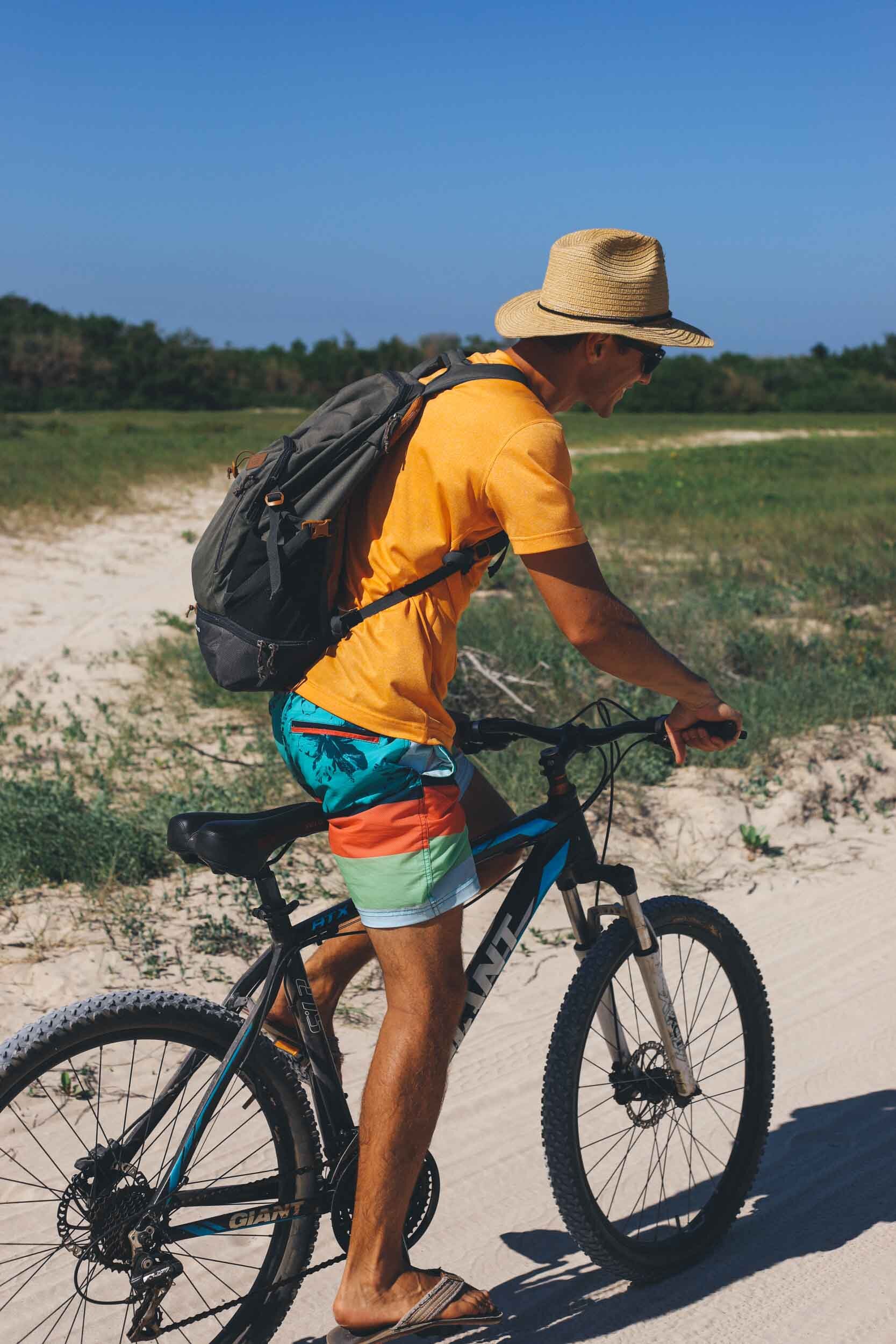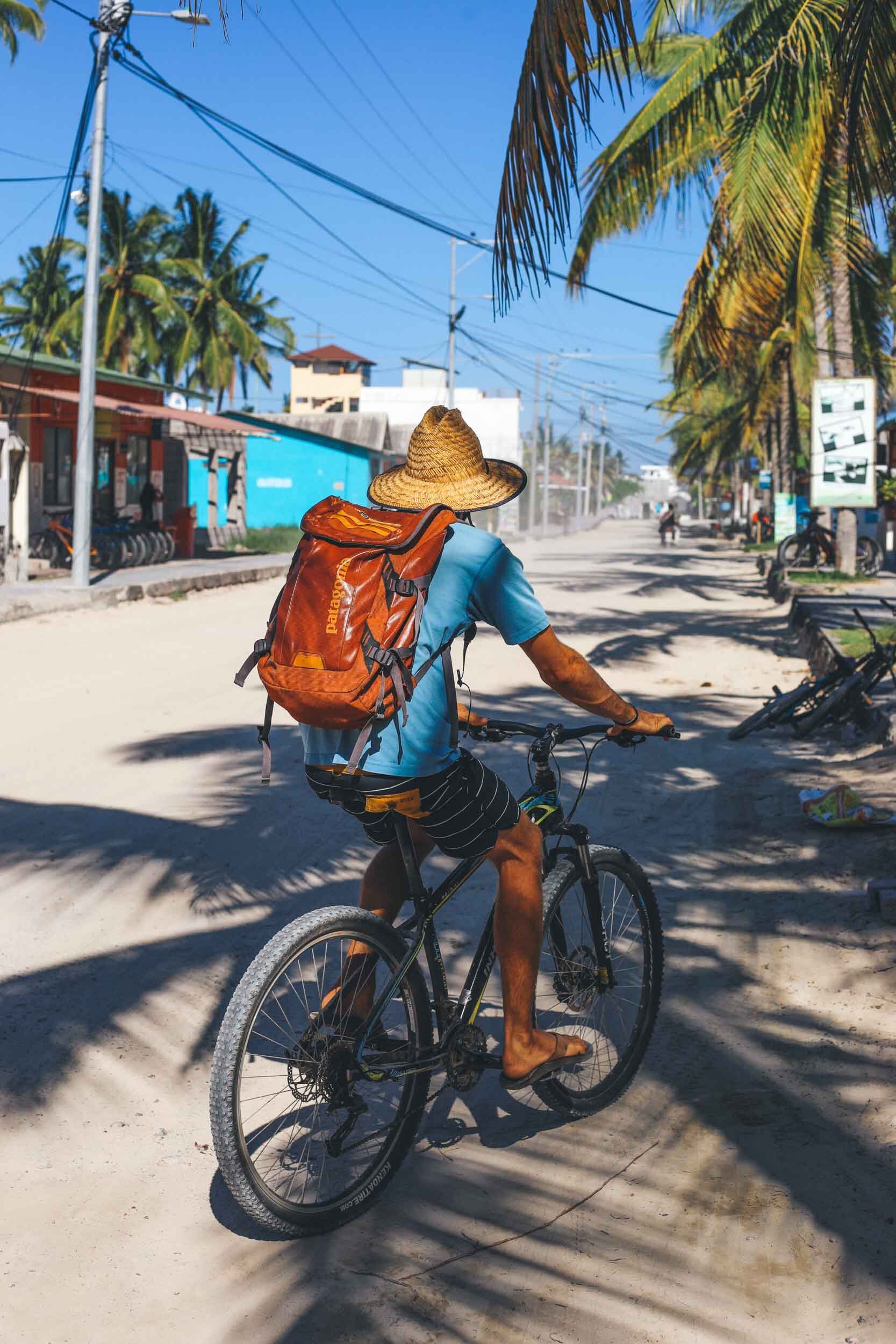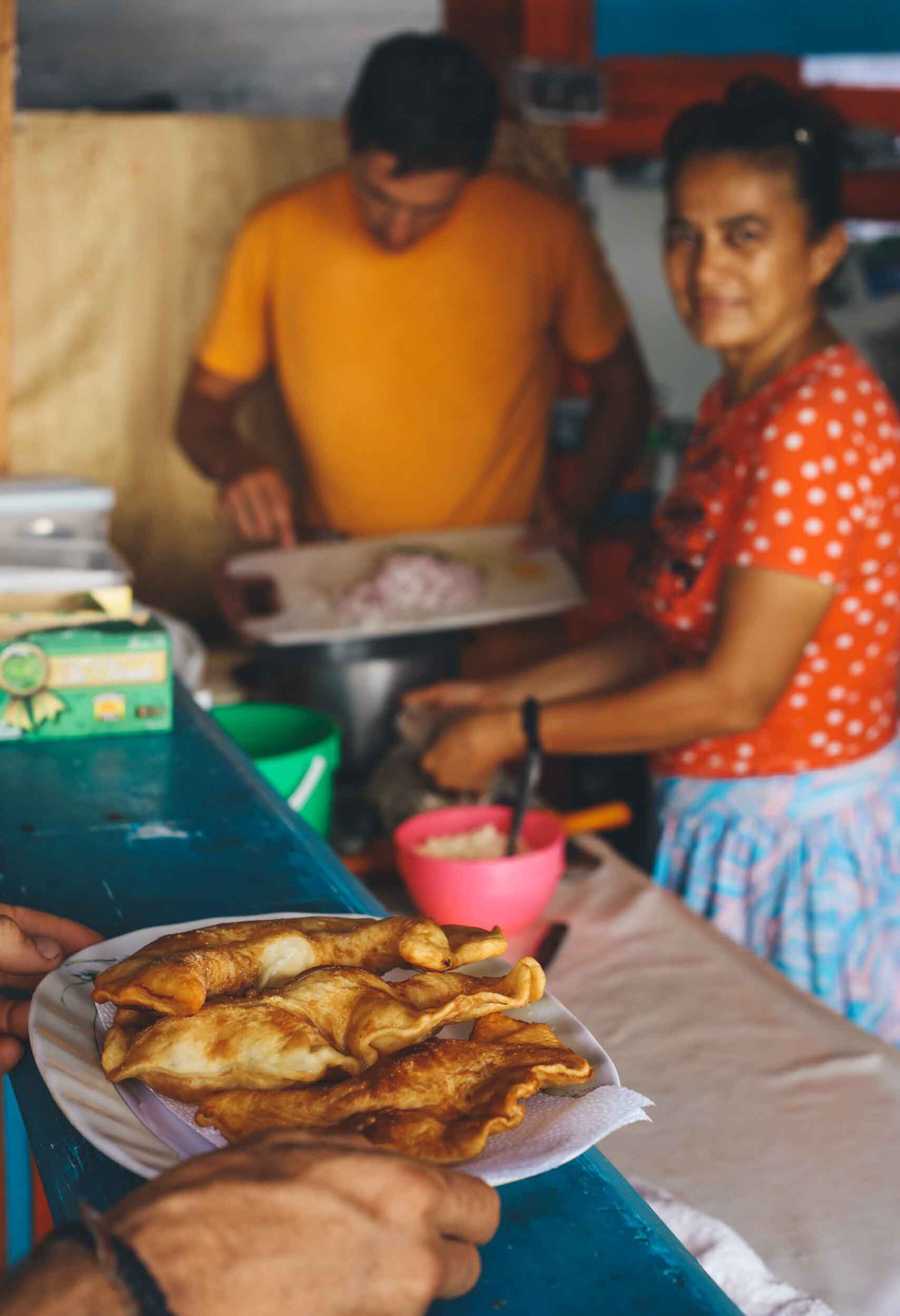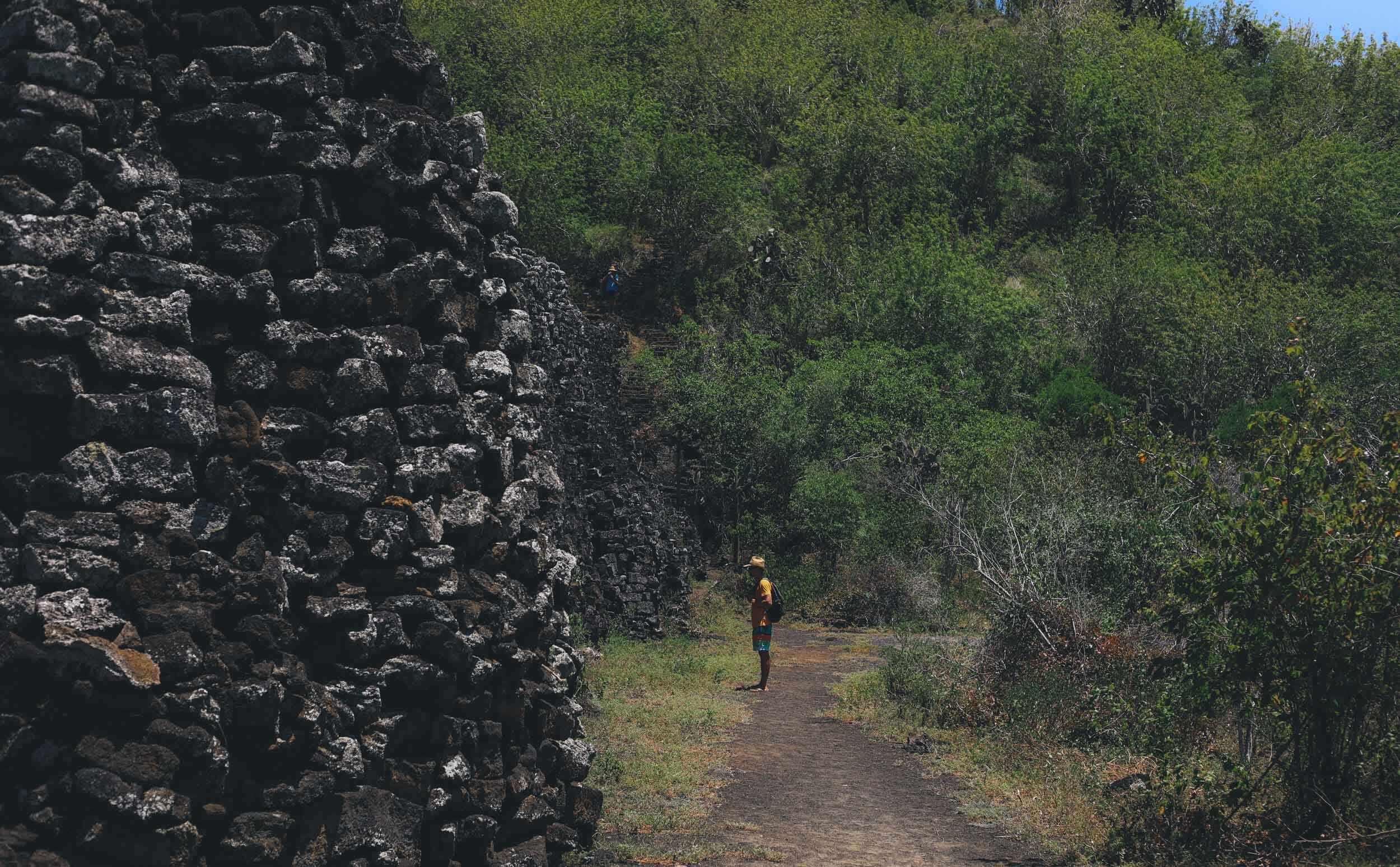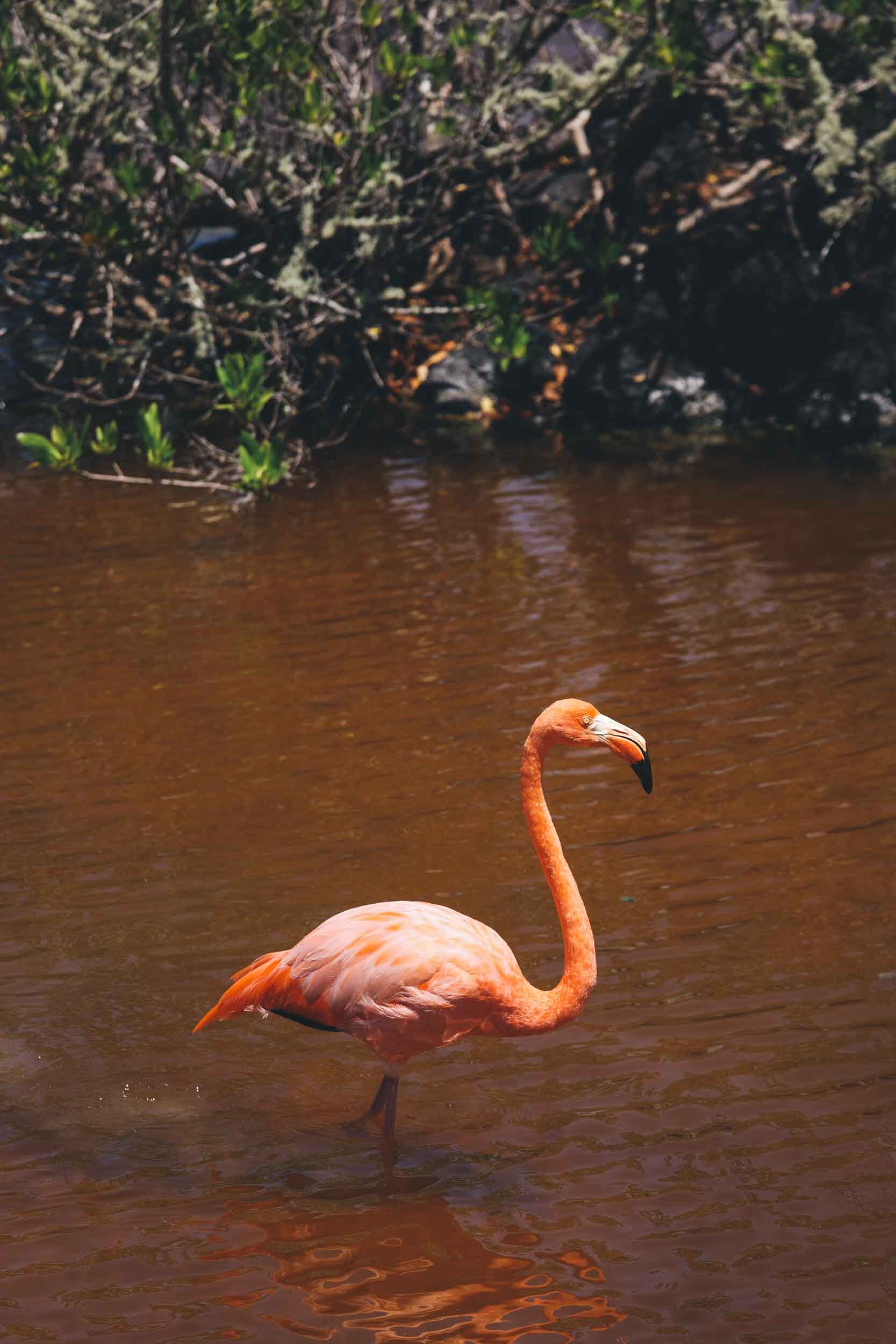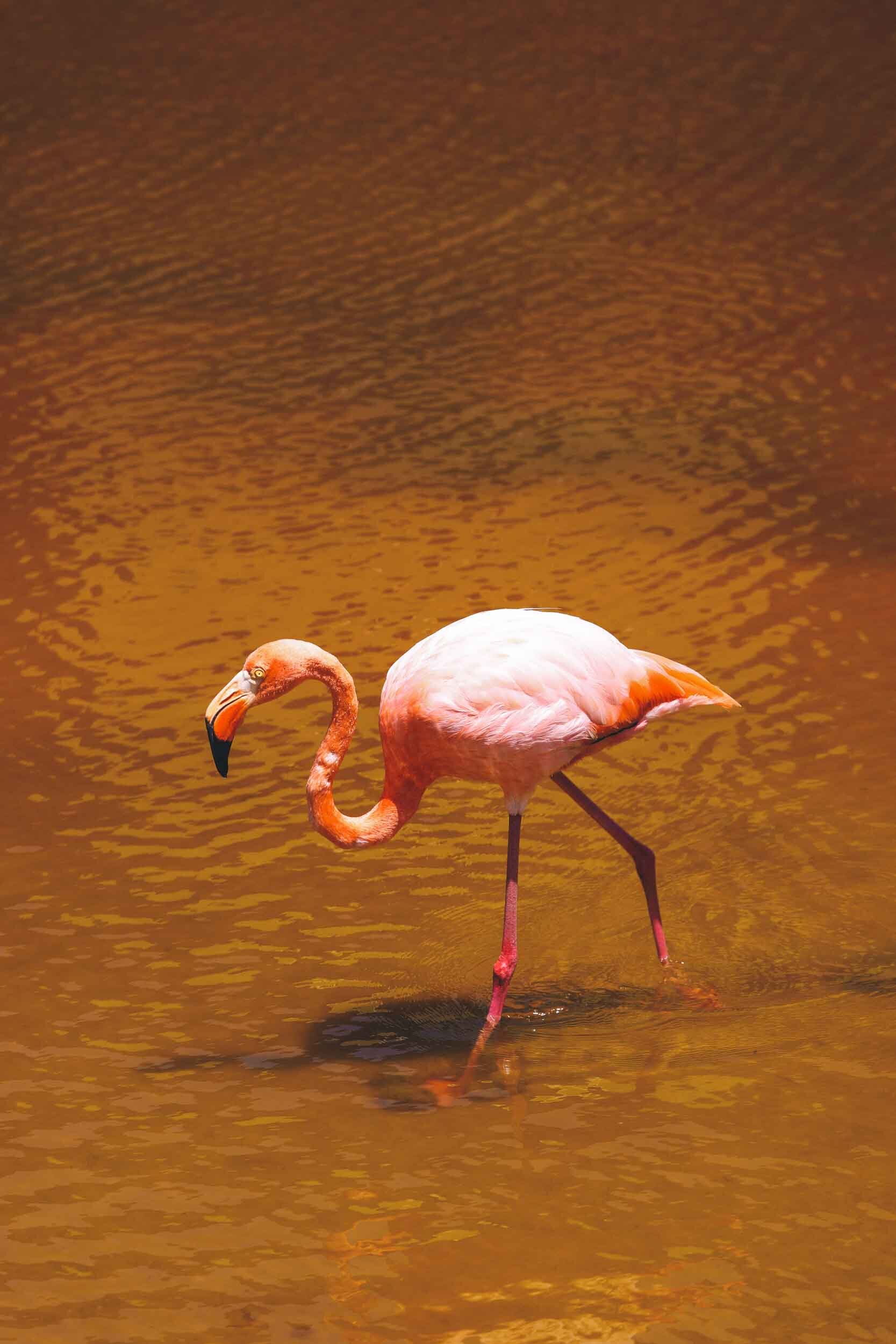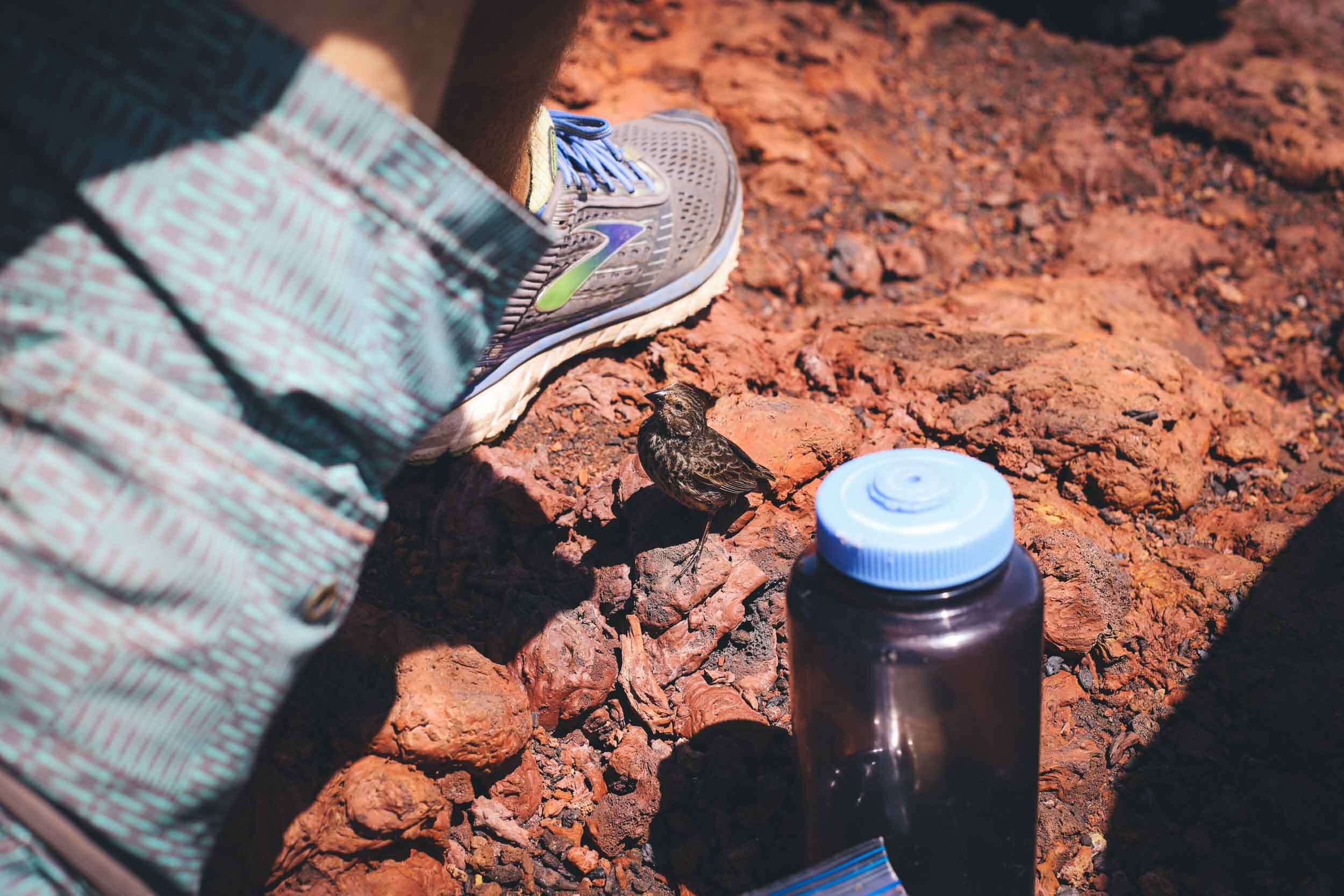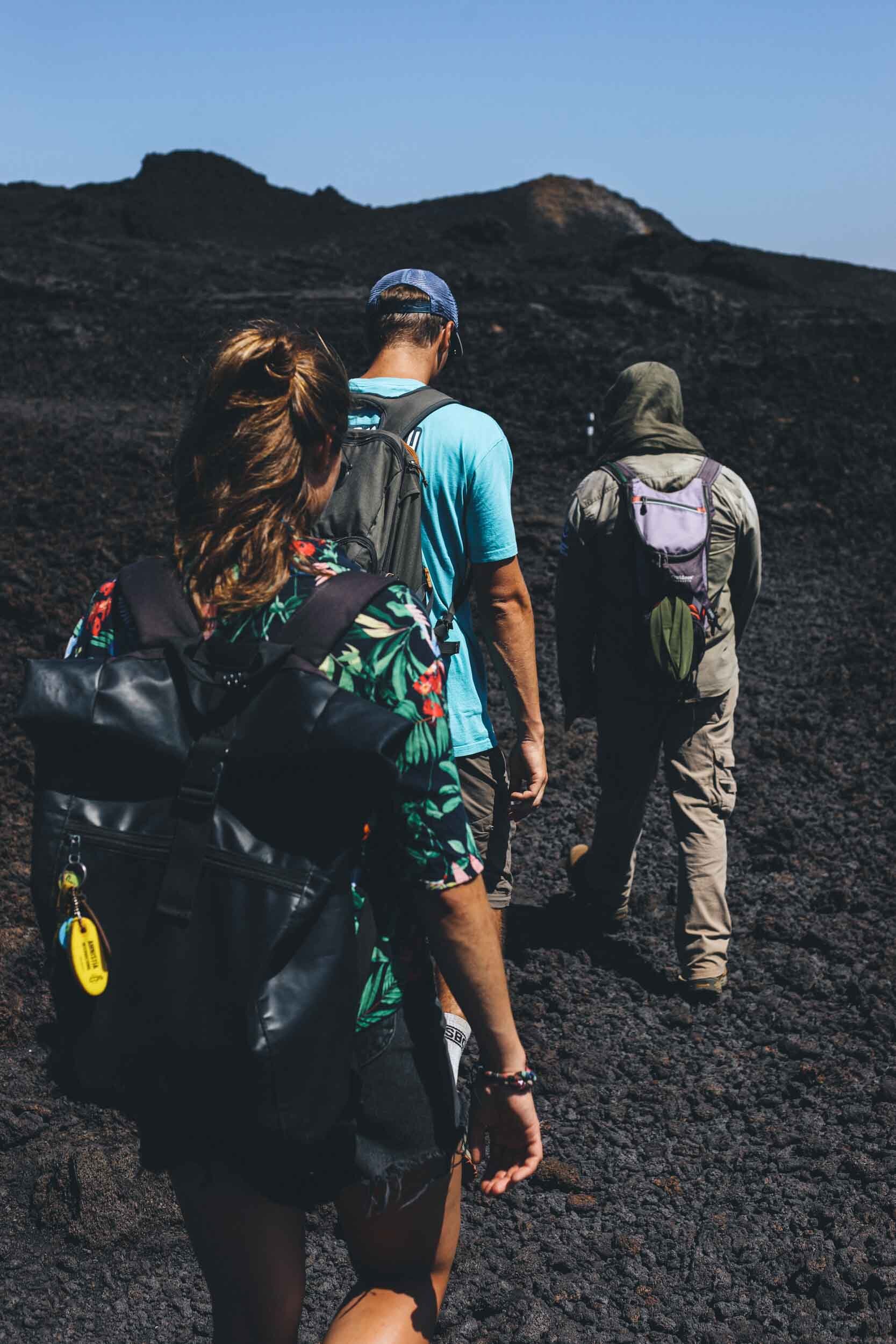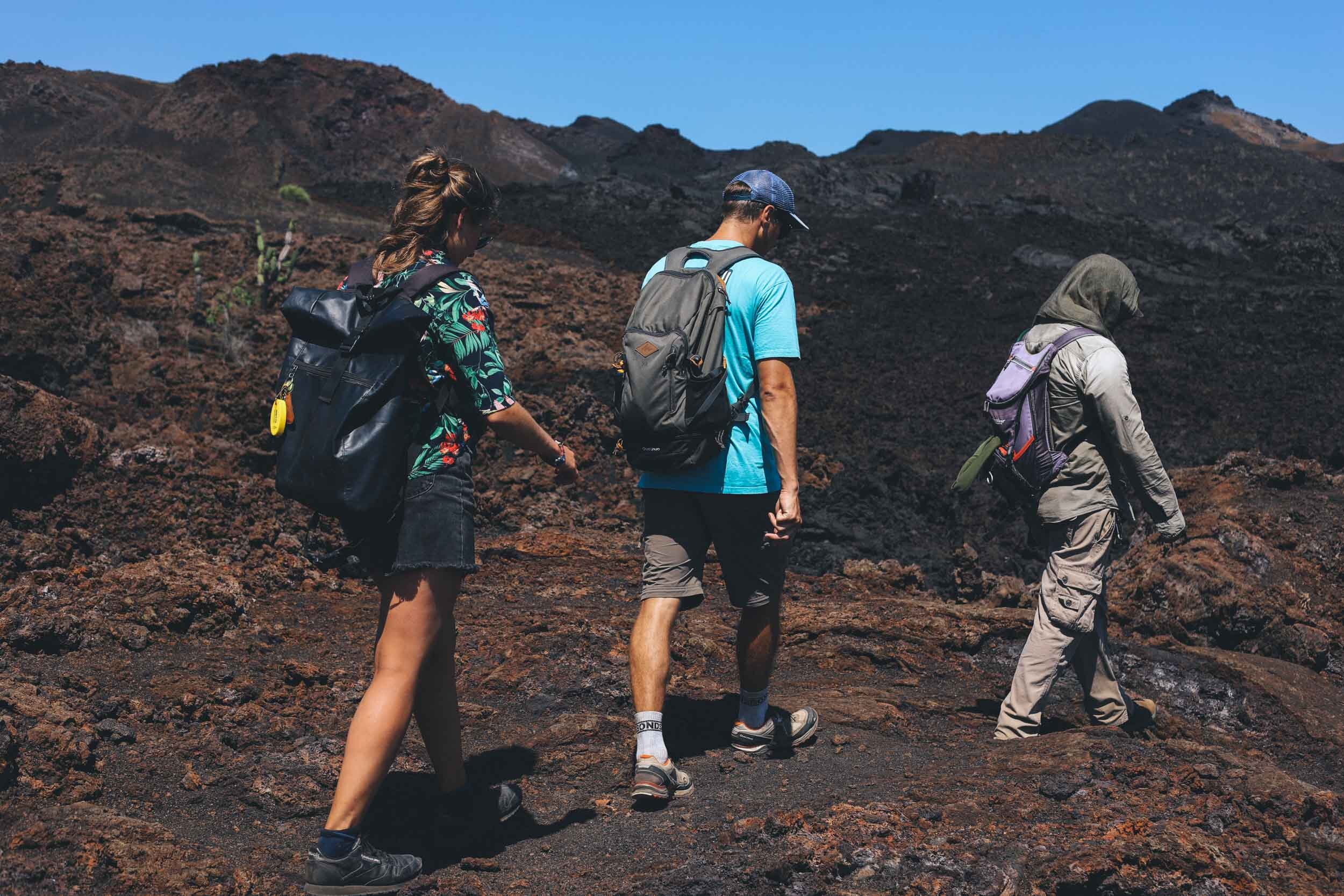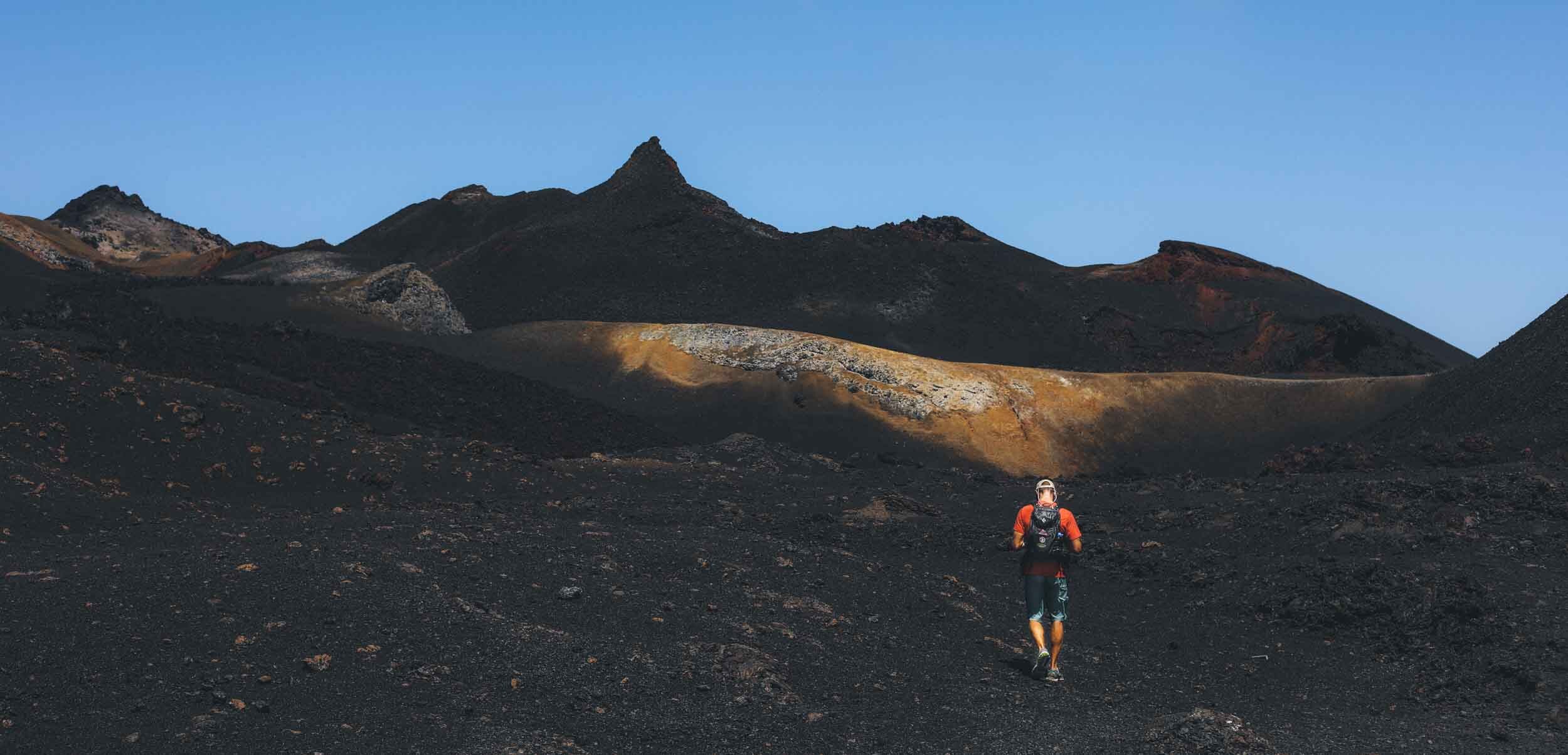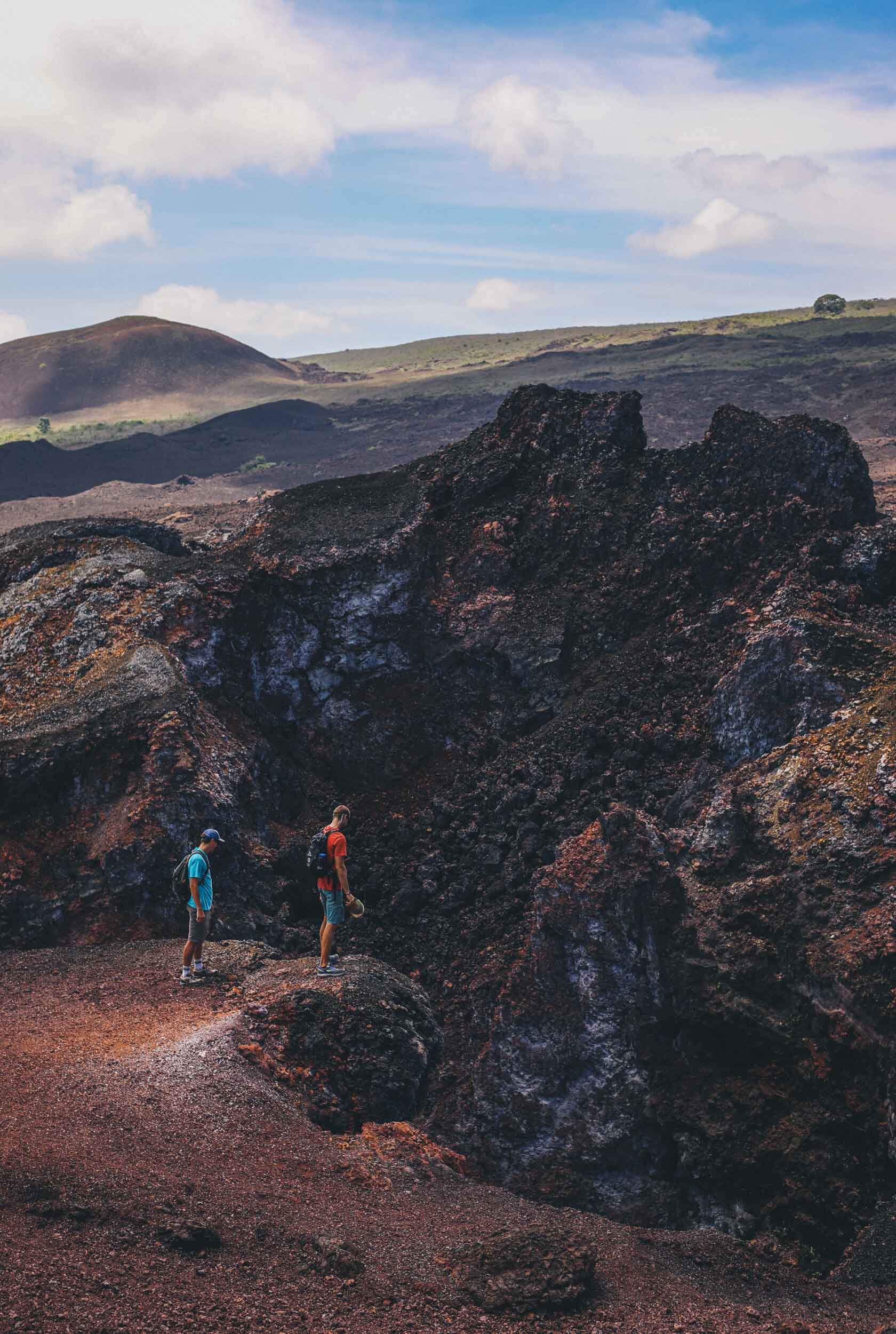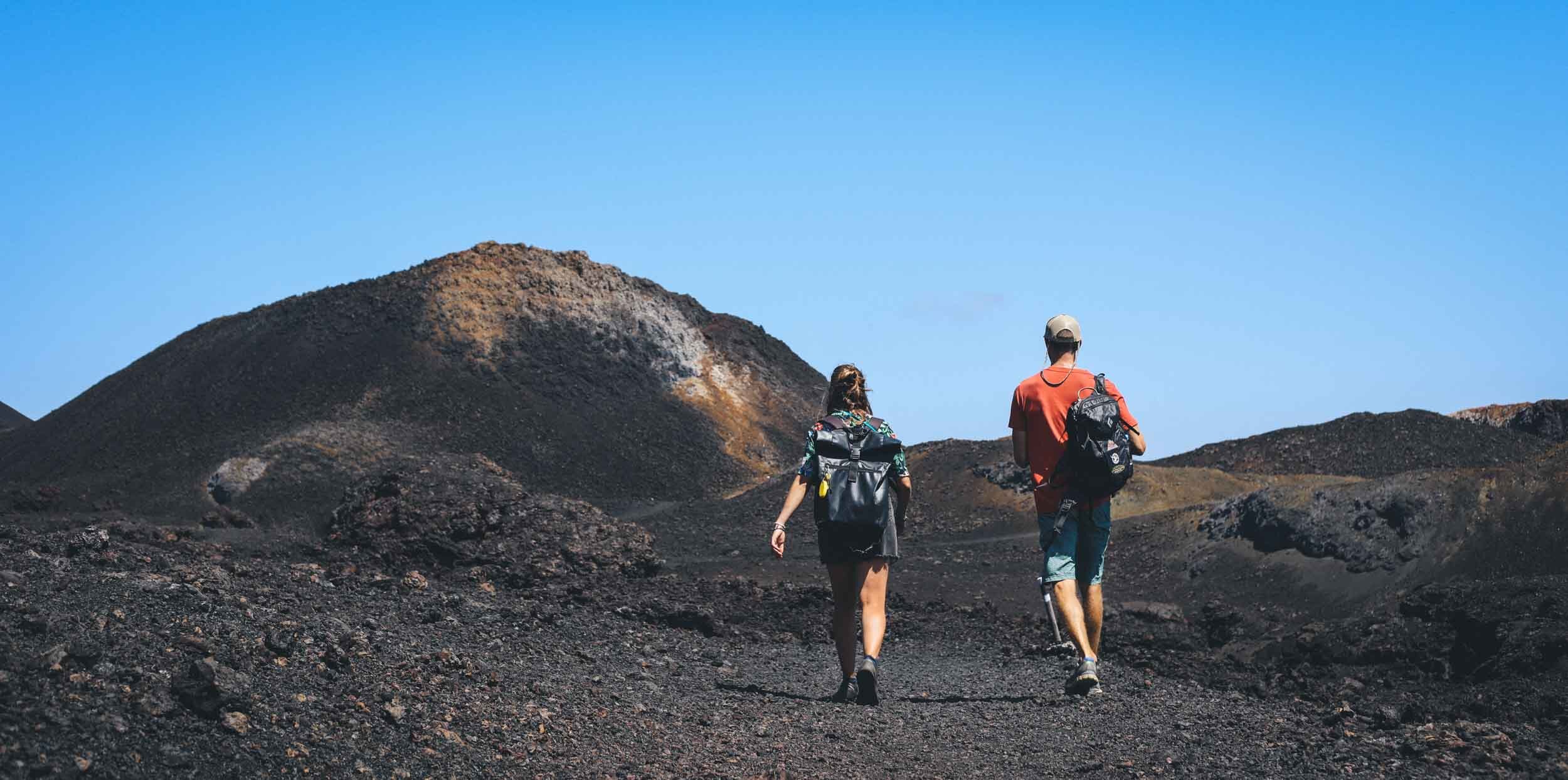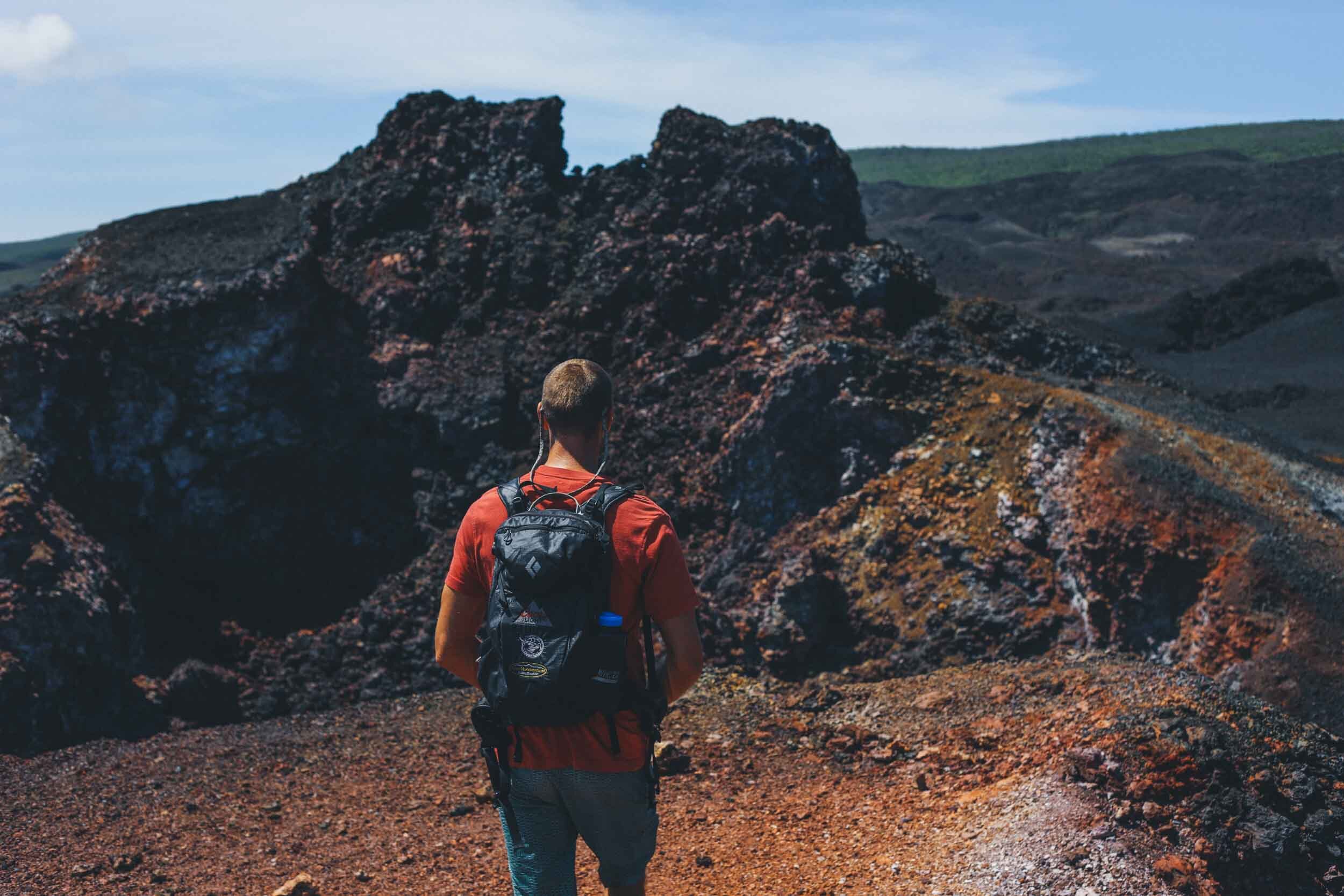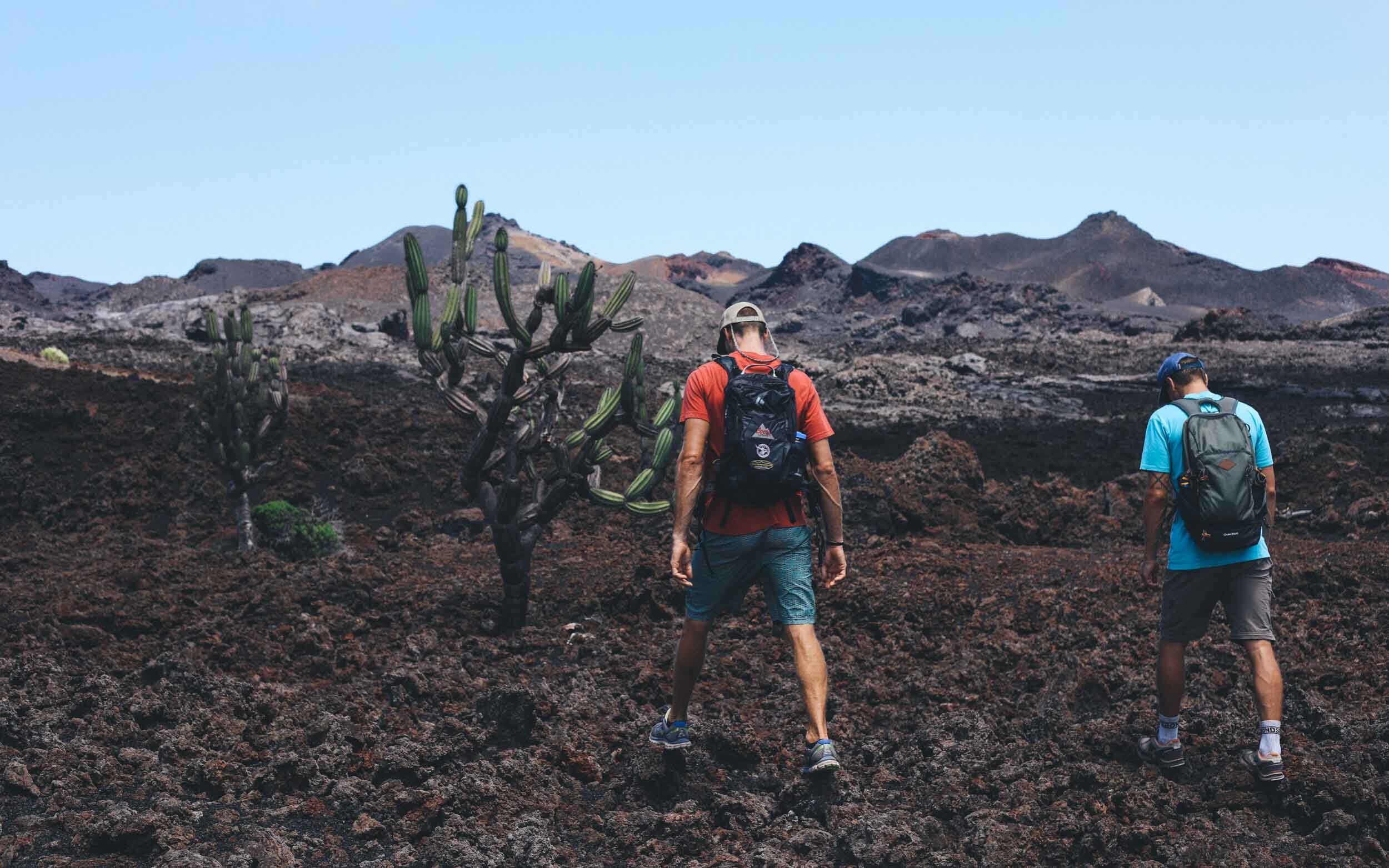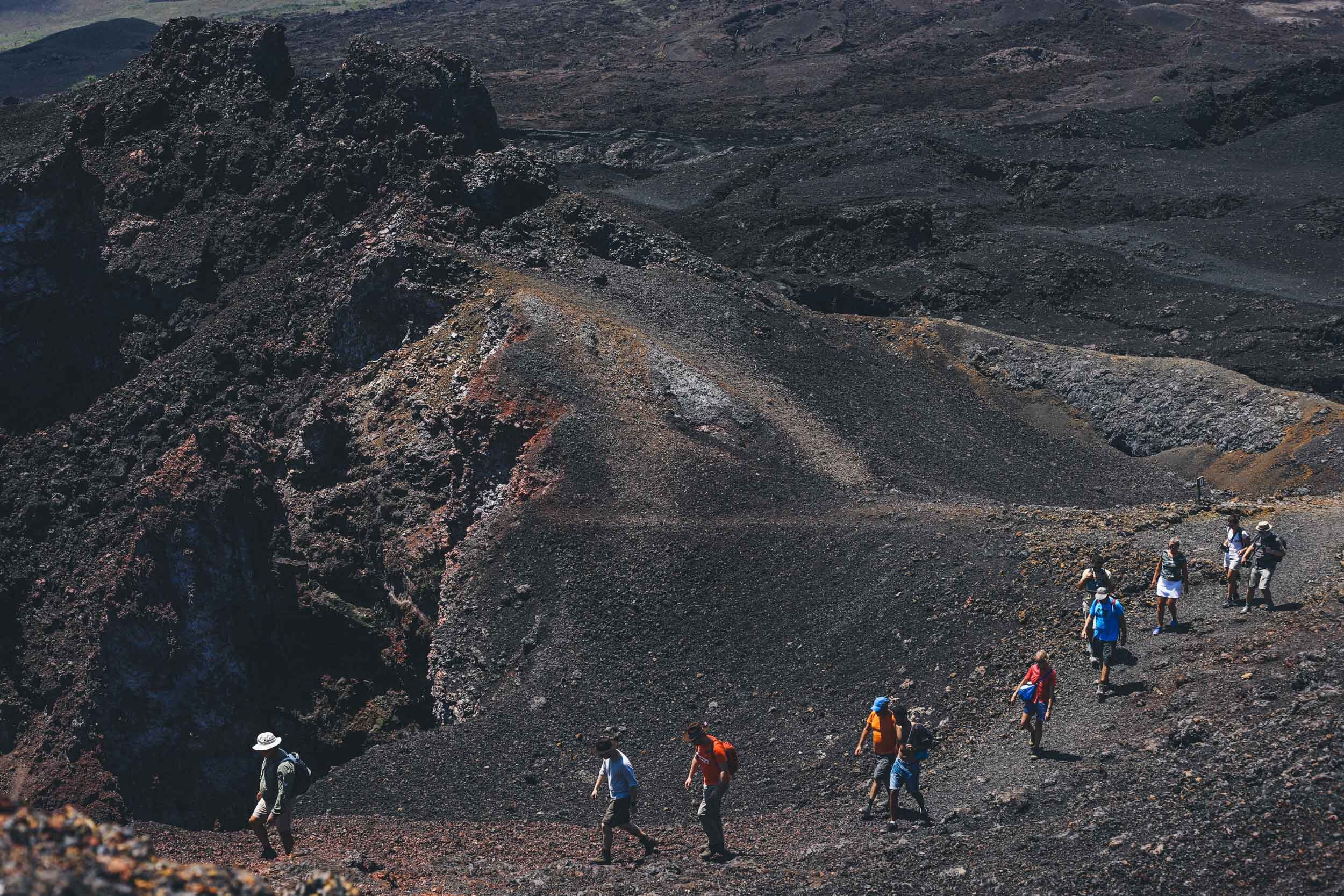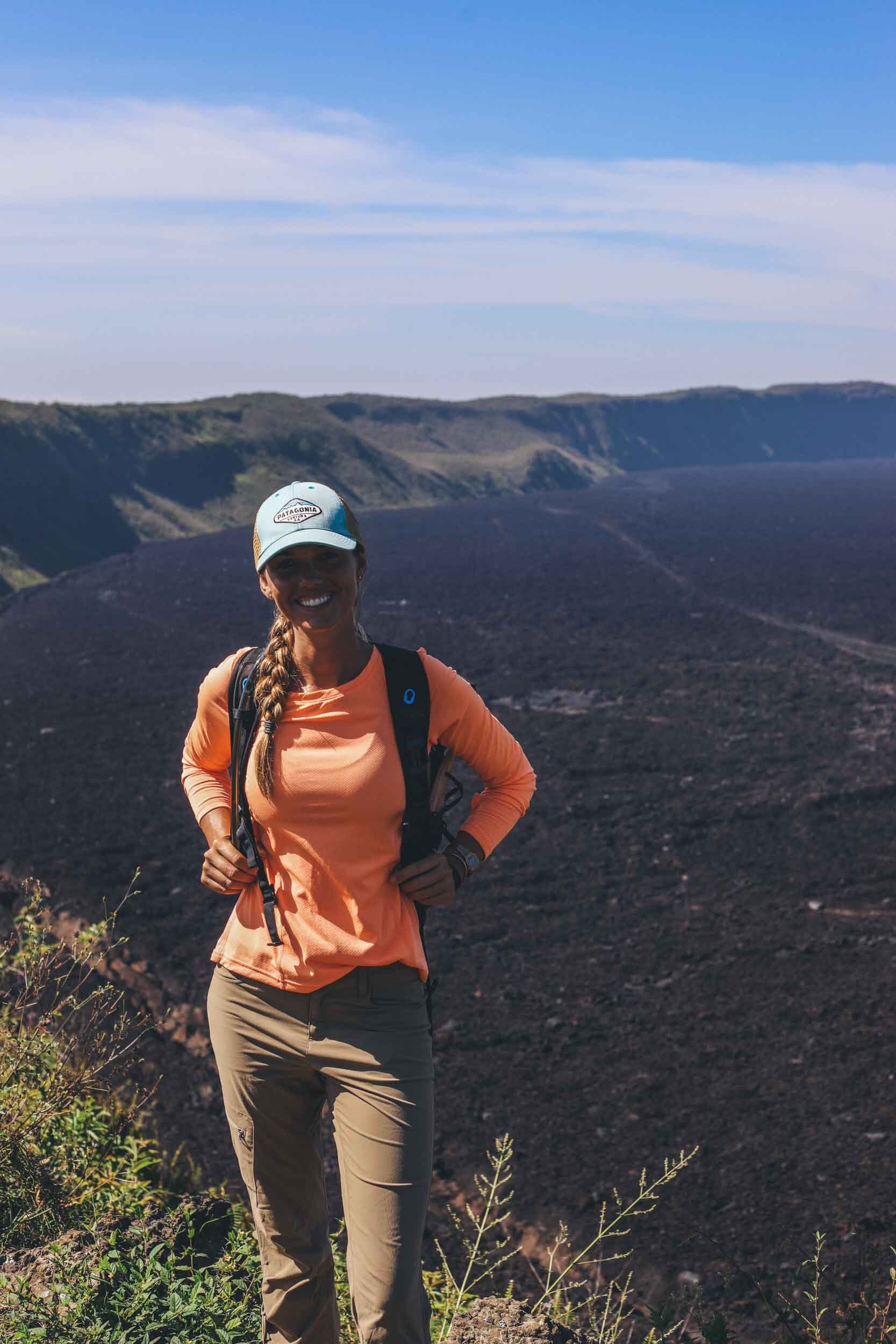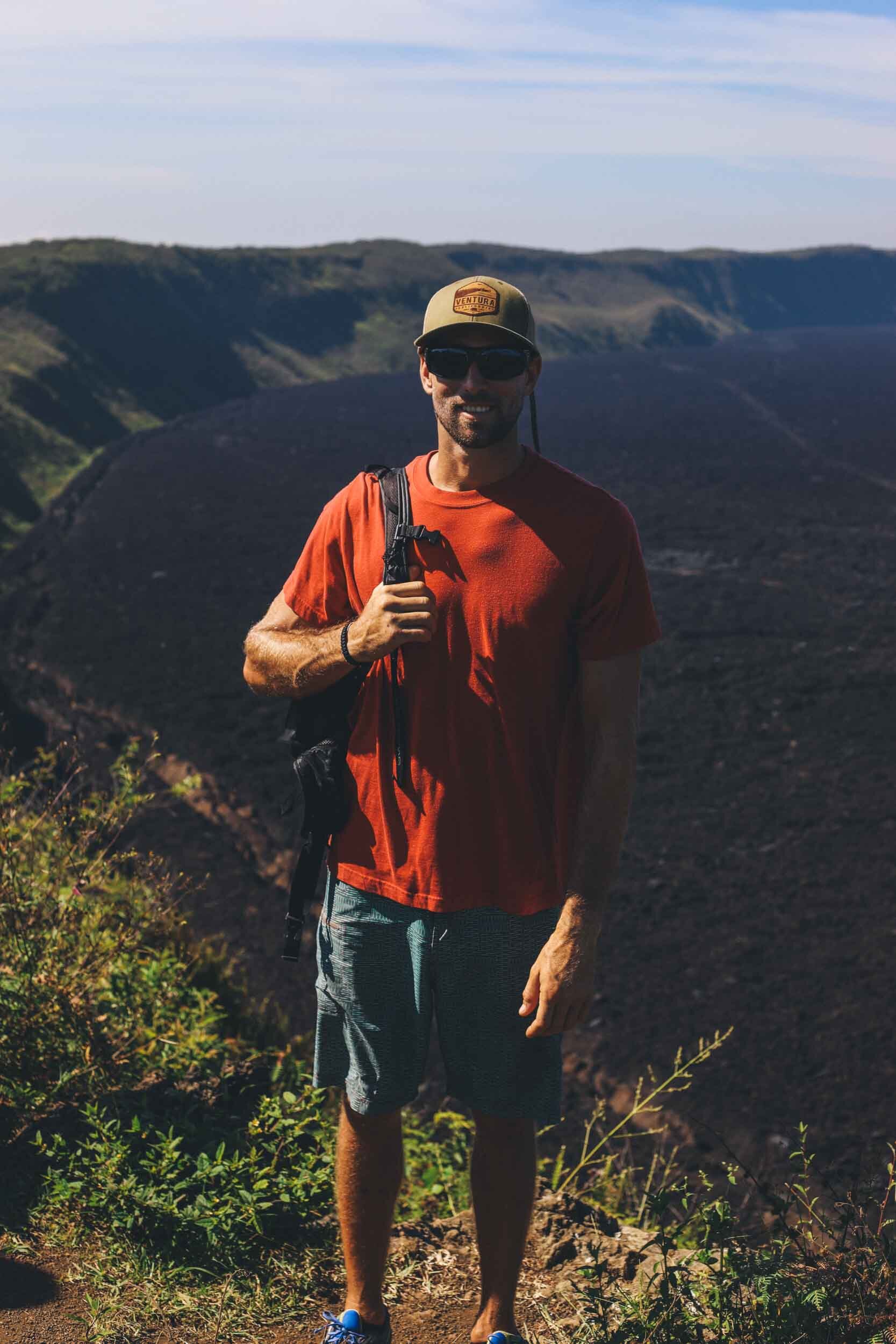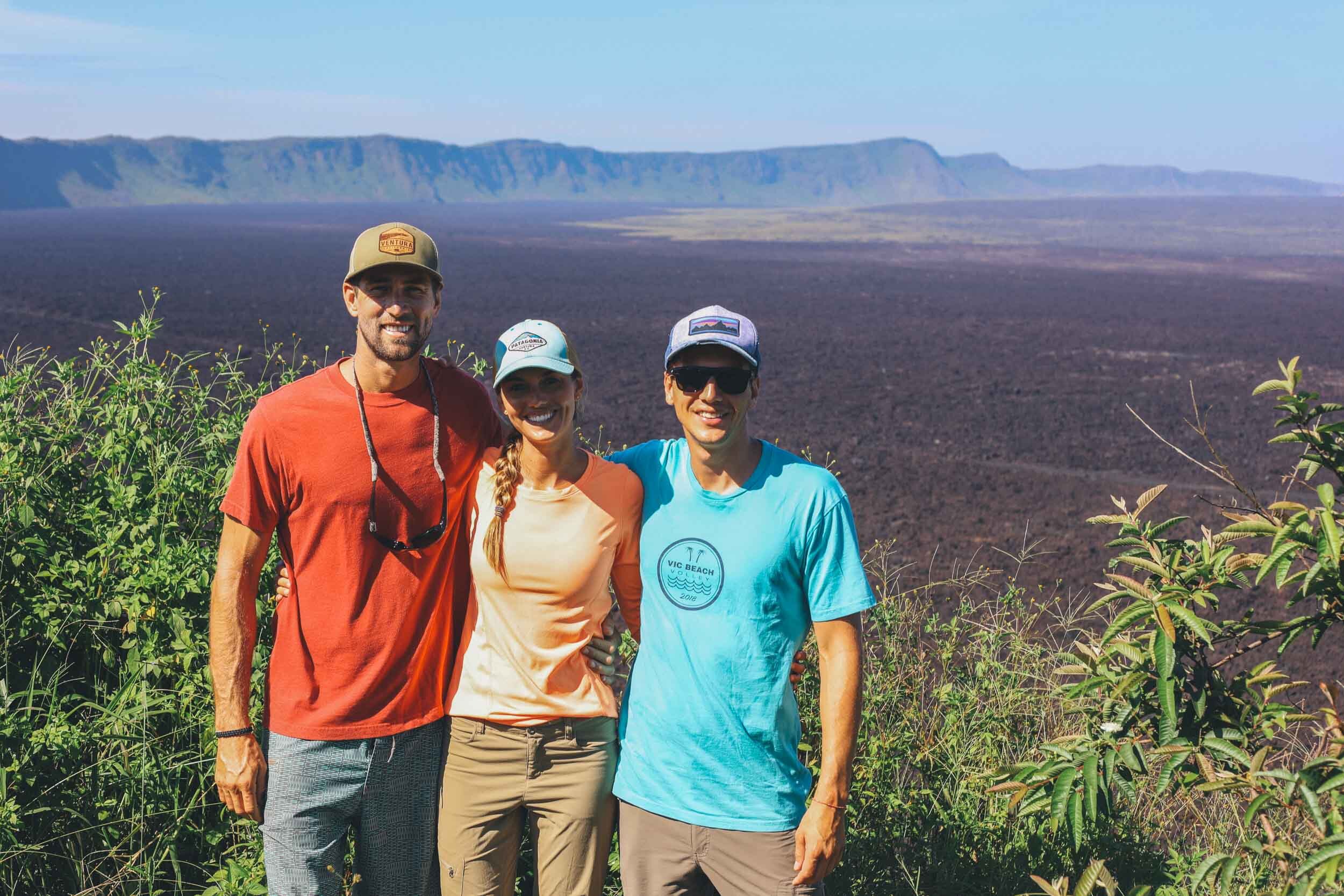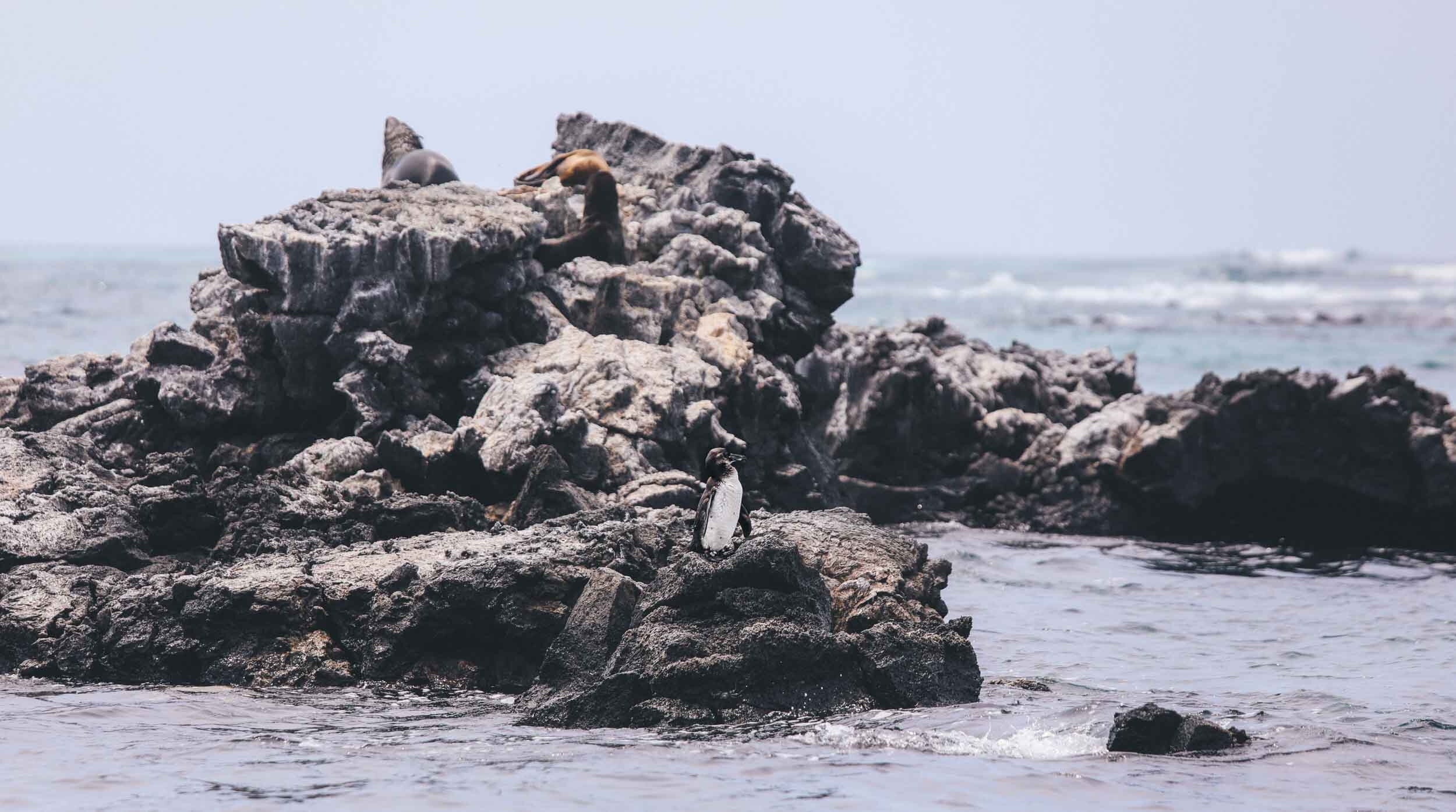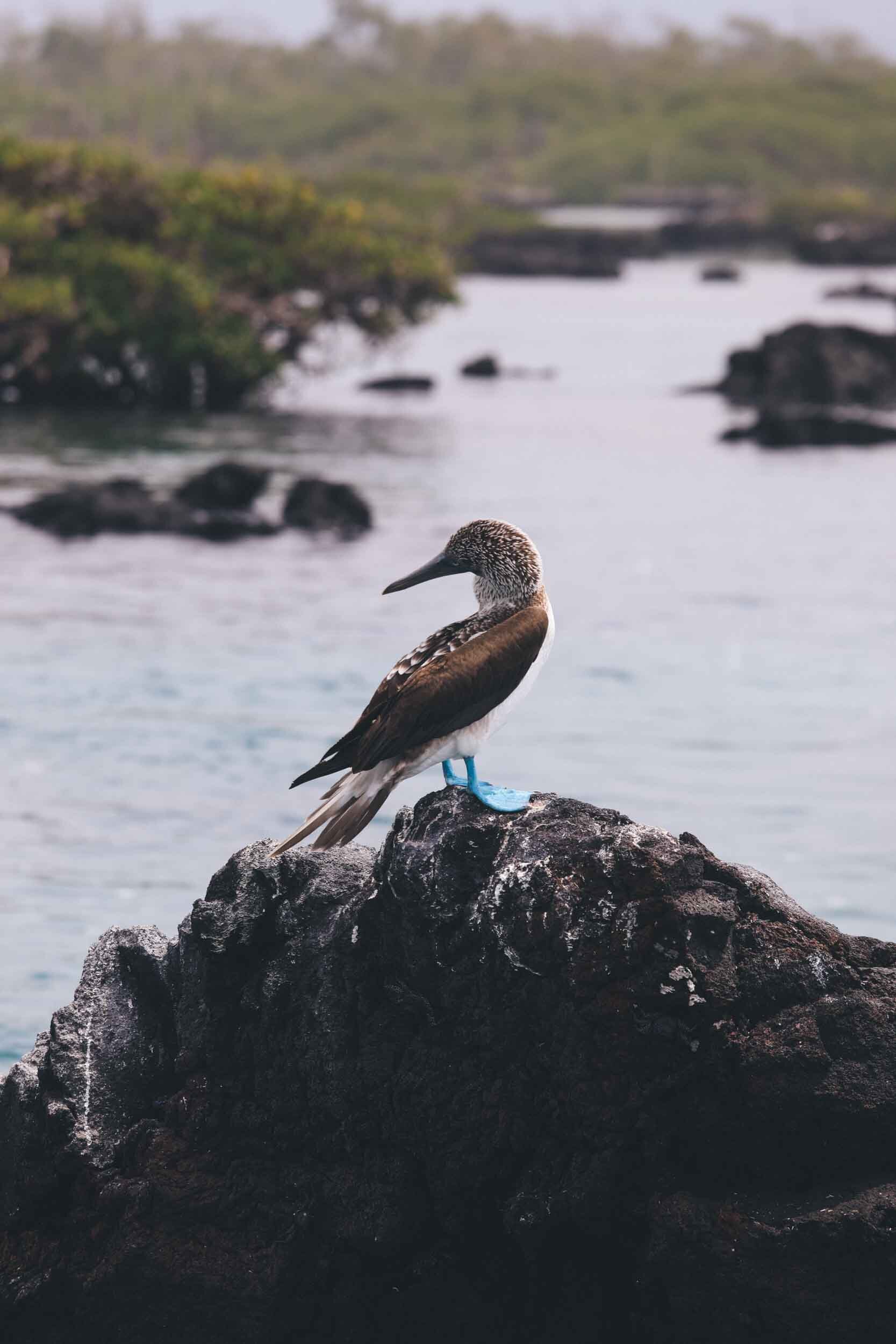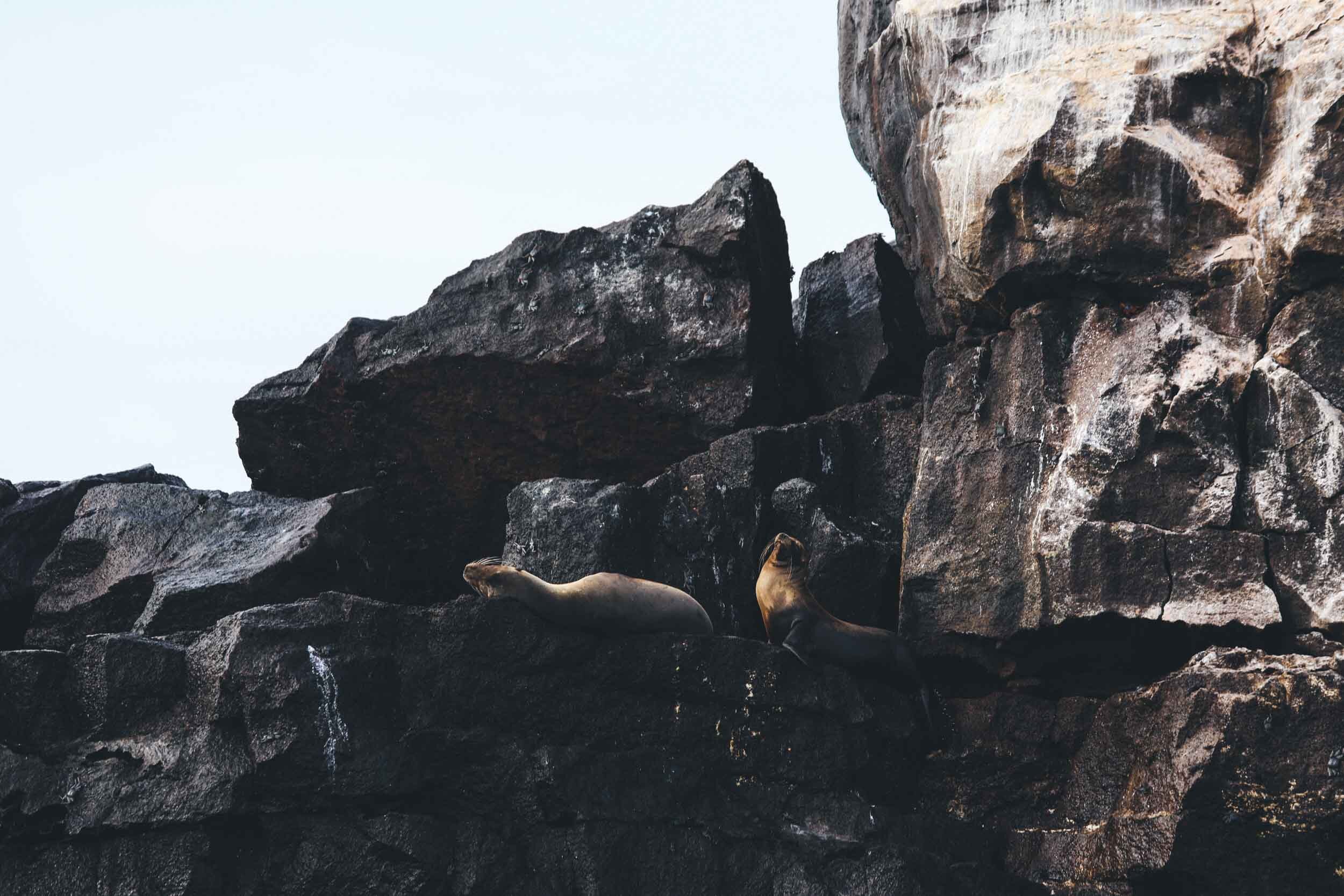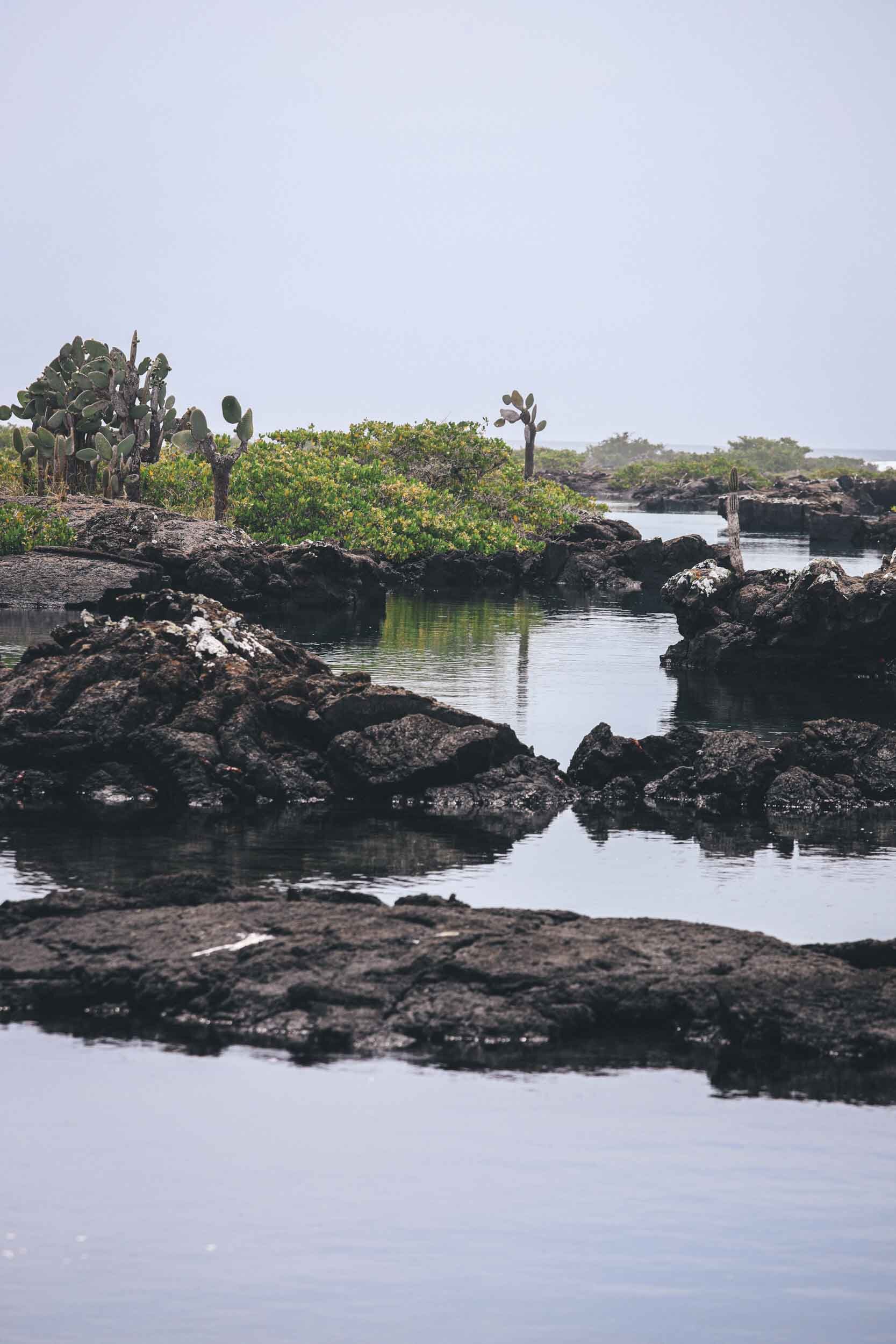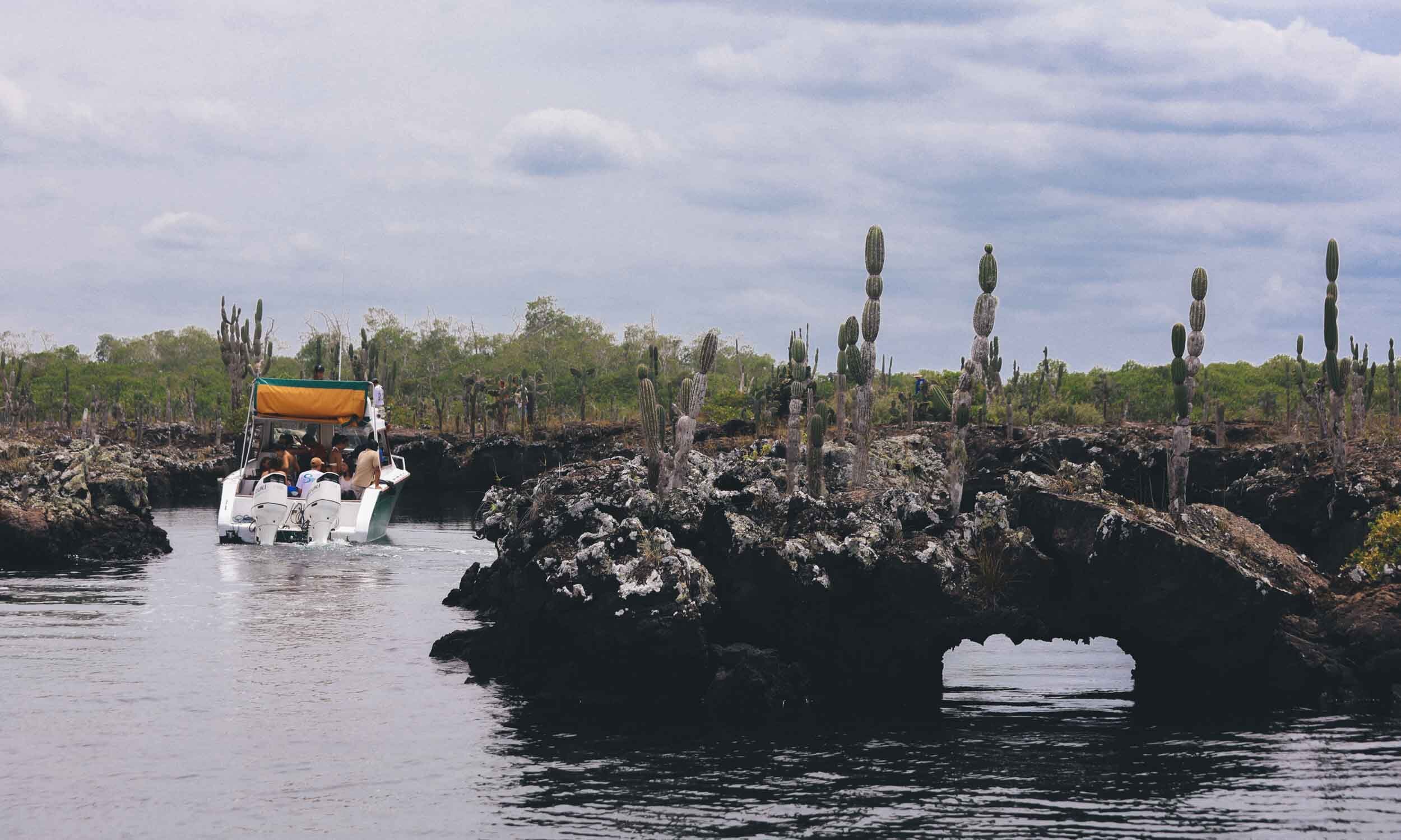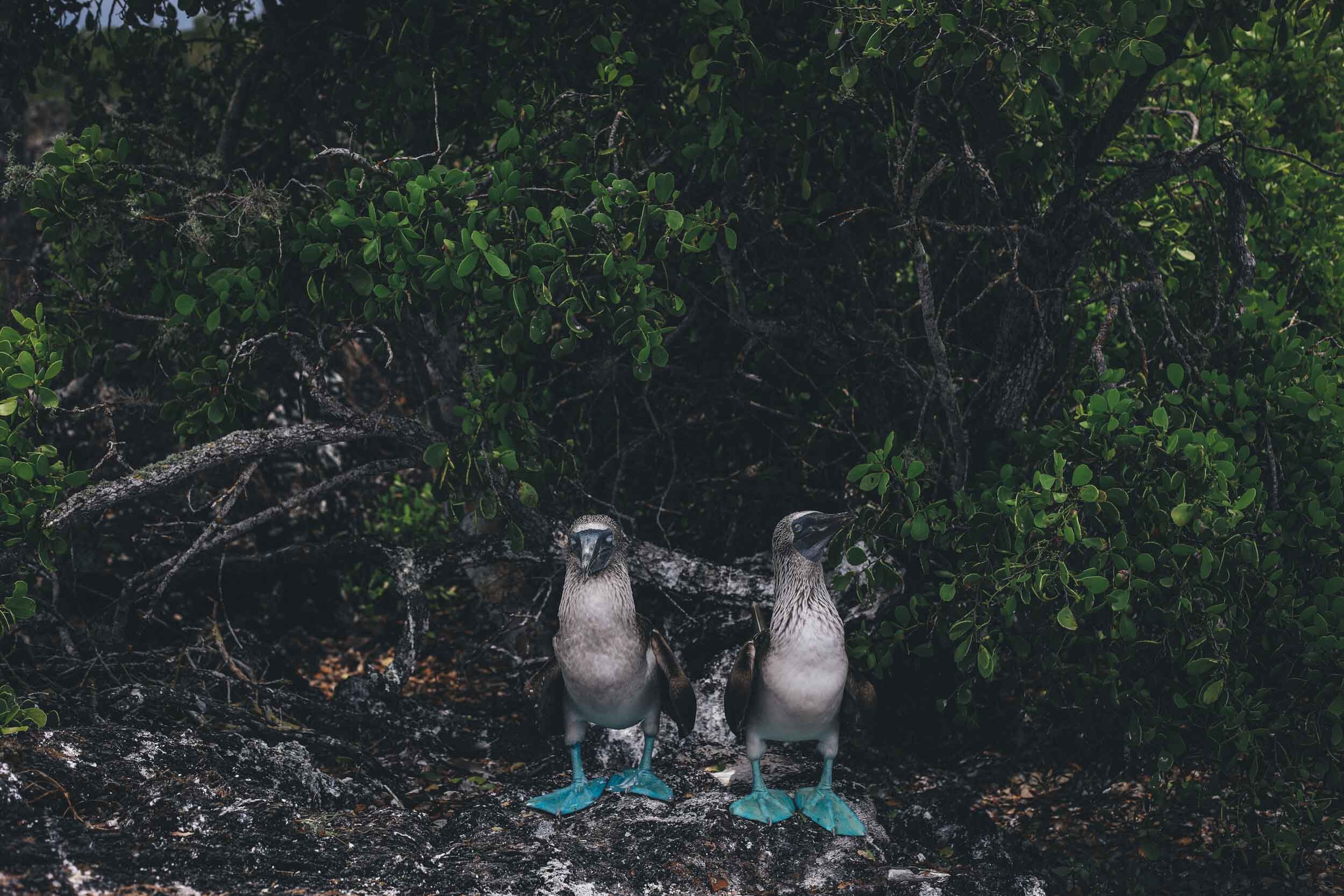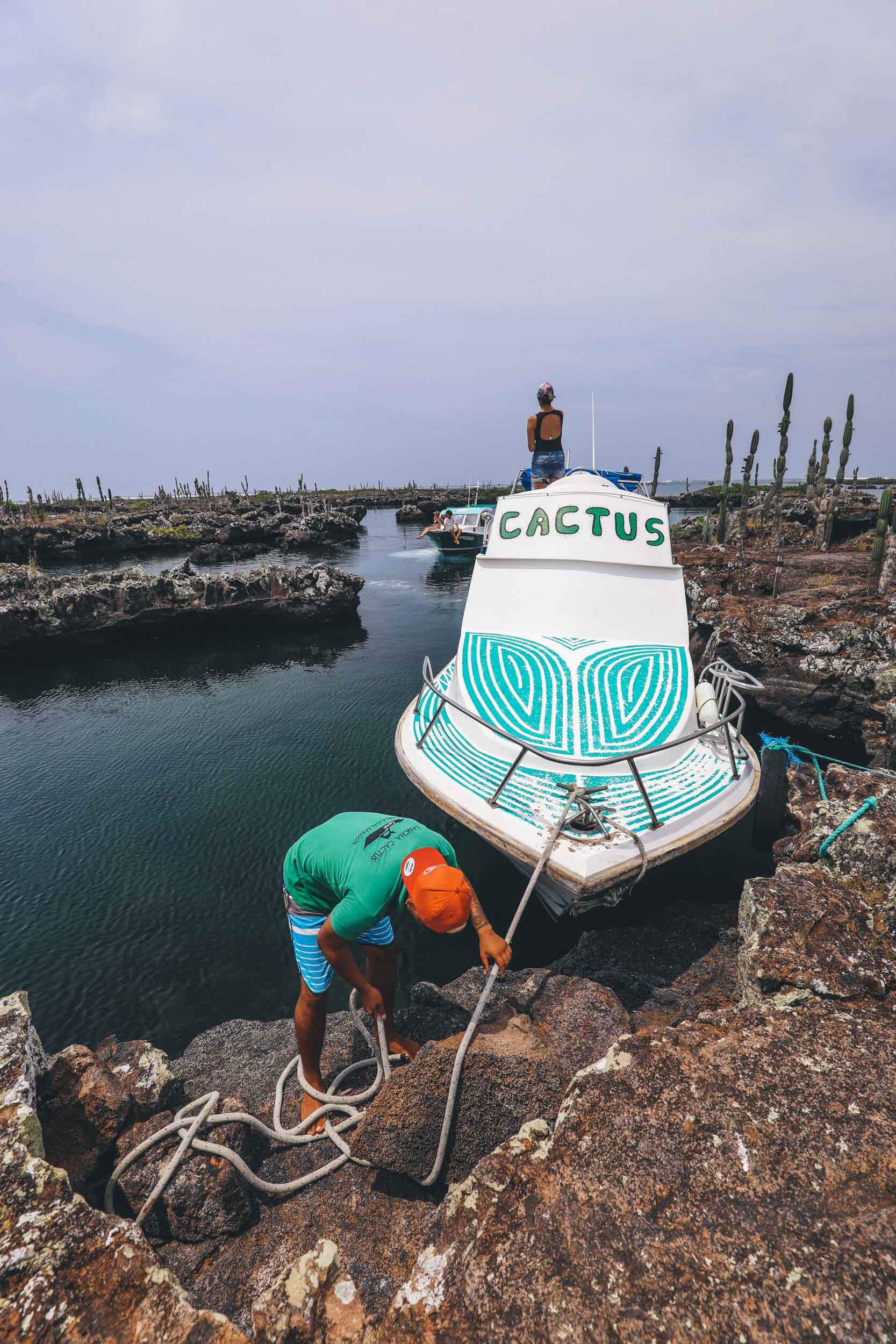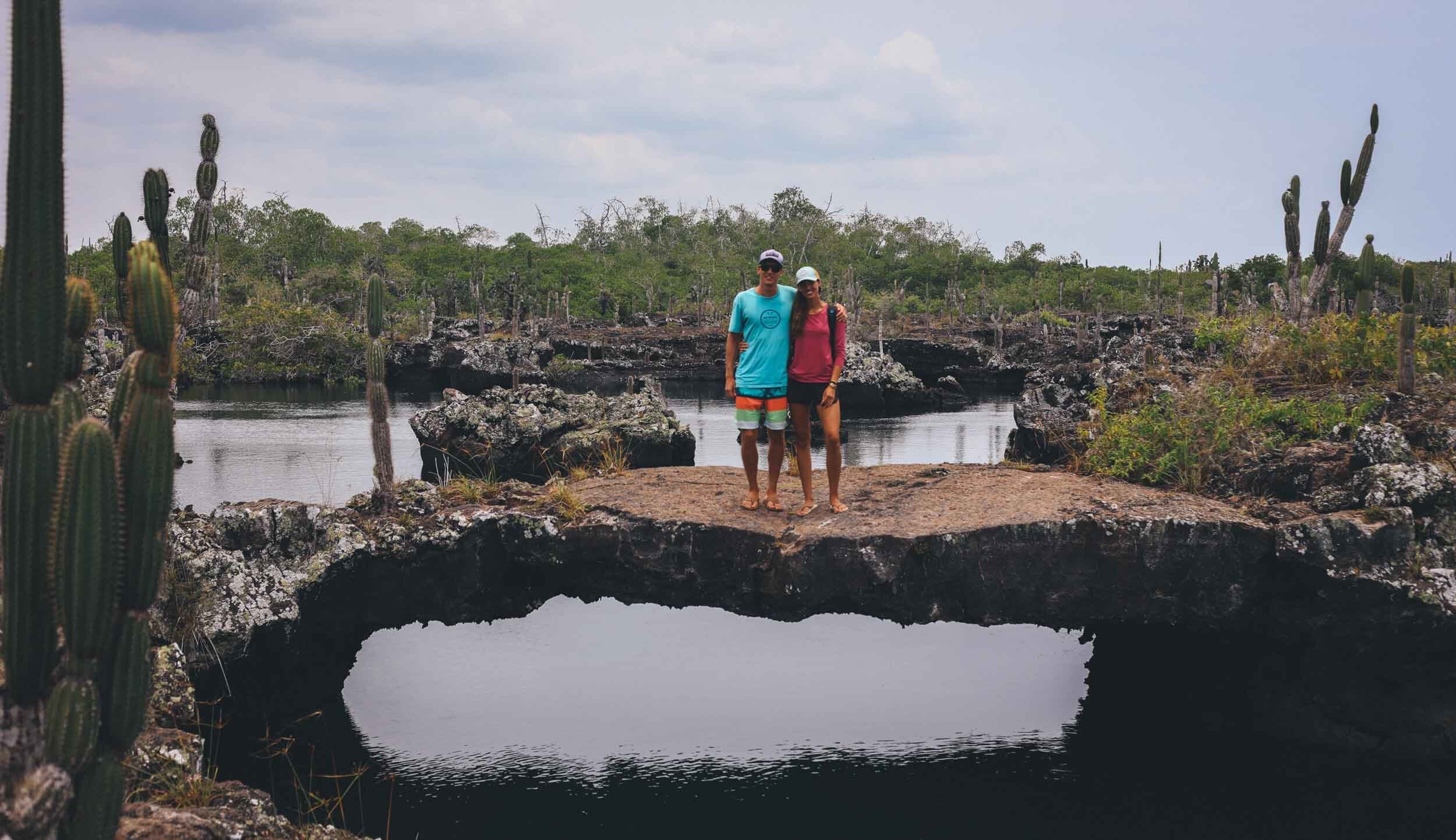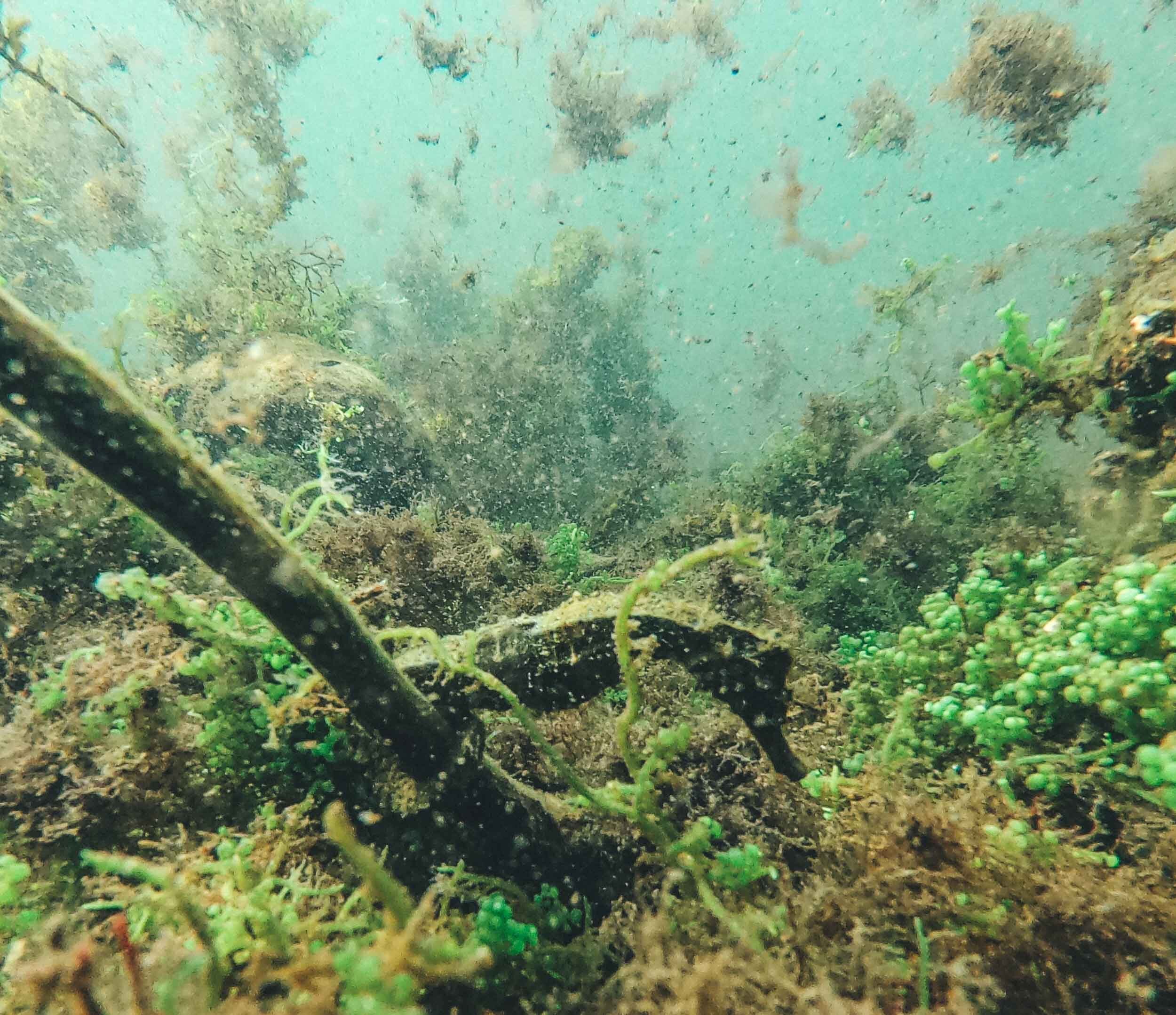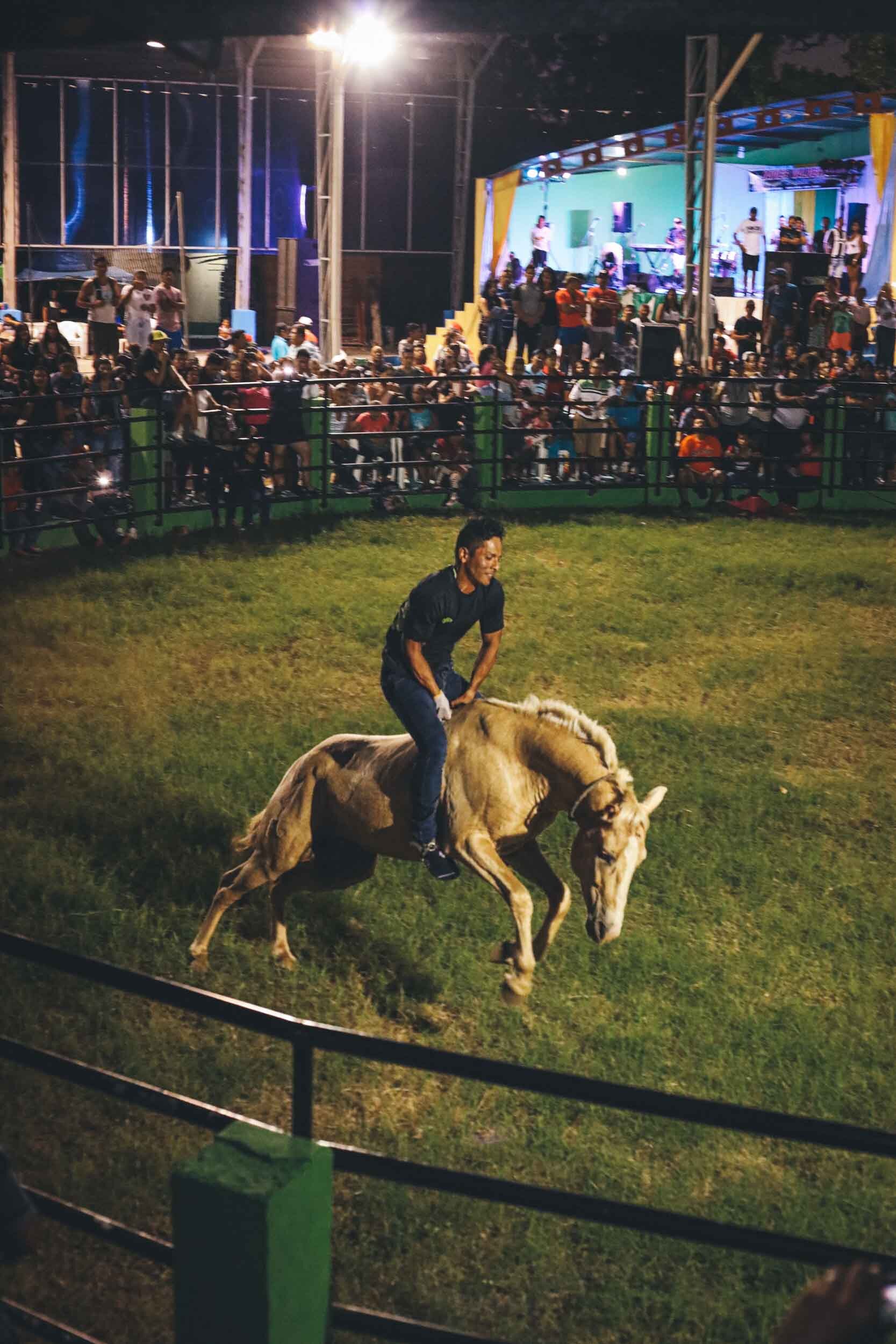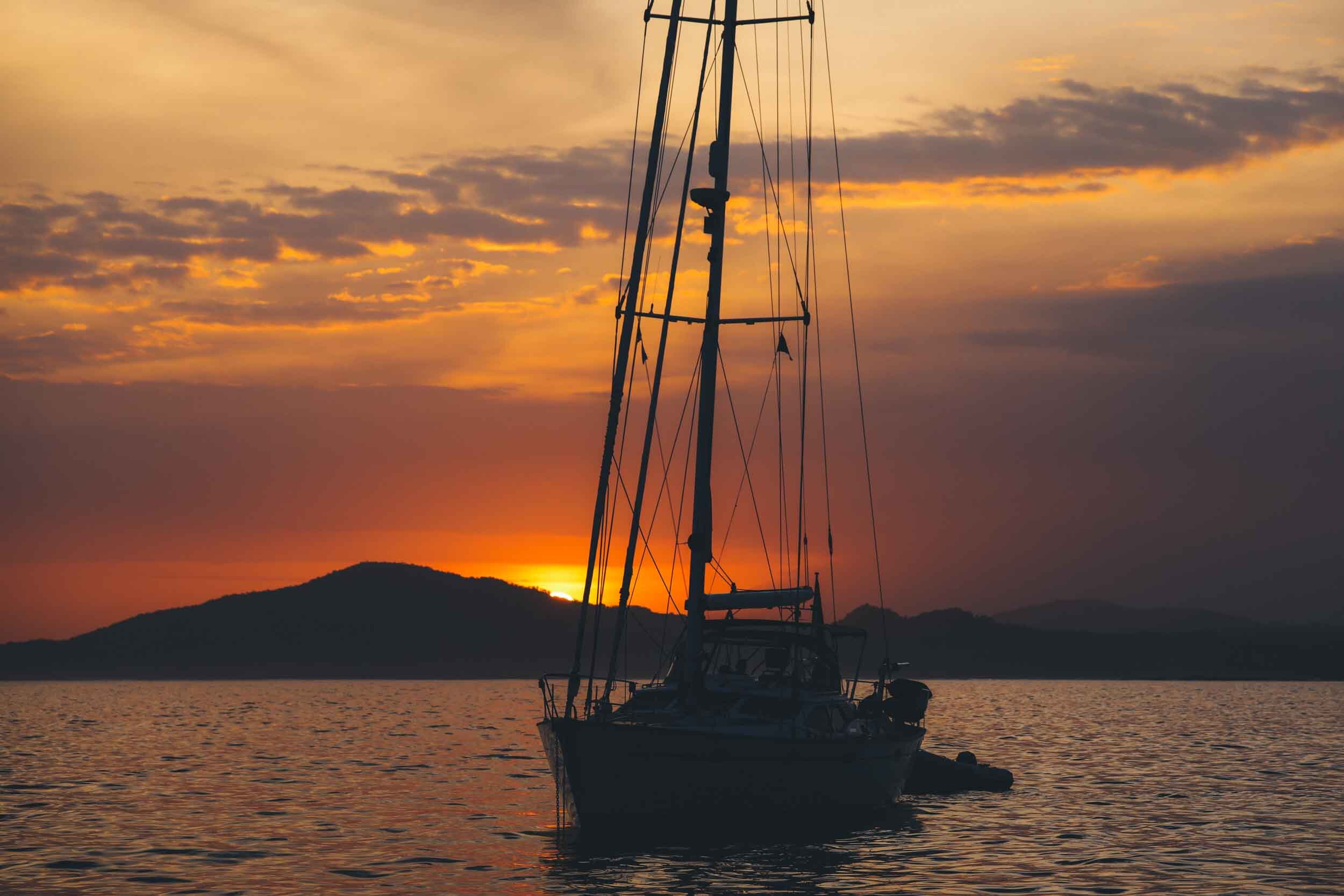Isla Isabela
The Galapagos is one of the most volcanically active places on earth, with regions containing extensive lava fields, especially on Isla Isabela. The island was formed by six merging volcanos and all but one are still active today. Straddling the equator Isabela is one of the most unique and biodiverse locations on the plant. Here nature dominates the landscape.
Isabela’s main town, Puerto Villamil, is a small port village with sandy streets and a few locally run restaurants and hotels. It’s significantly less touristy and the anchorage here is small but offers much better protection than Puerto Ayora in Santa Cruz. Here we tucked Agape safely behind a volcanic reef after a beautiful spinnaker sail from Santa Cruz.
This island offers so much to see and do and is probably the most backpacker/ budget-friendly of the three main islands. Isabela is also the largest island of the archipelago and home to the vast majority of the endemic penguin population, as well as a large number of pink flamingos.
Most of the highlights are either free or relatively inexpensive. As you walk through town you’ll find many tour operators offering all the same excursions with similar pricing.
Biking Los Humedales and El Muro de las Lágrimas
One of our favorite budget activities was renting bikes for a day. Following Isla Isabela’s main road southwest of town, we stopped to rent a pair of well-worn mountain bikes from a shop for $4/hour. (And we’re so glad we did as this would have too far a walk in the midday sun.) We took the sandy trail past Puerto Villamil’s beaches for four kilometers until we reached the entrance of the national park of Los Humedales and El Muro de las Lágrimas.
On this maze of maintained paths you’ll find several flamingo colonies, free-ranging tortoises, a myriad of bird species, and eventually end up at the Center for the Giant Tortoises. We rode our bikes for about four hours, taking our time getting down to the Wall of Tears, stopping at several spots along the way. We took advantage of the beautiful beaches, mangrove rivers, and caves along the way to cool off, as we always tend to adventure in the heat of the day.
My favorite of these being Lovers Cave, an old lava tube that ends under the sea. Depending on the tide, the cave can be full or empty, but when full it’s a great place to stop and hide from the sun and relax in some cool water.
Lovers Cave
El Muro de las Lágrimas
We also stopped to climb the Mirador Cerro Orchilla, whose lookout point provided a stunning bird’s eye view of Isabela’s southern coast, and we biked through the Galapagos Turtle Sanctuary. Here we were able to bike alongside countless tortoises, mostly between the ages of 5 and 25 years old, who are being re-released back into the wild from Isabela’s breeding center.
After six, mostly uphill, kilometers and countless pitstops later we finally finished our ride at the Wall of Tears, also known as El Muro de las Lágrimas. Before scientists developed an interest in the islands, Isabela was used as a prison colony. The wall was constructed between 1945 and 1959 as a way to keep prisoners busy and too tired to revolt. The guards forced the prisoners to construct the wall by hand.
The story goes that prisoners were made to walk long distances in the hot mid-day heat to cut slabs of volcanic rock and carry them back to the site of the wall where the volcanic stones were stacked 65 feet high (25 meters), apparently causing thousands of deaths during the wall’s construction. Years later, the site received the name Wall of Tears from locals on the island as they could hear the loud wails and cries of the prisoners as they were forced to build the walls of their own confinement.
Hiking Volcan Sierra Negra
Sierra Negara is one of the six volcanoes that formed Isla Isabela, and it is also the most active. Hiking the volcano is a paid tour but totally worth it. This naturalist-guided tour starts at Puerto Villamil and crosses the rim of the caldera, along its east side, then down into the fresh lava fields northeast of the main crater. It’s a fairly easy 15 km hike and the path is mostly a dirt road. Along the trail, you will see the massive caldera and be able to look inside to see the most recent lava flows. As we continued on we felt as though we had magically been transported to another world.
The hike continues for the next hour along the rim of the caldera as you hike the vegetation gets drier and drier. You will eventually reach Volcan Chico, a collection of small craters that erupted during the 1970s. The lava fields here are a volcanic wasteland with deep pits and valleys.
While hiking through make sure to take your time and really look at all the different colors and textures that have been created as the lava has cooled and flowed and different speeds.
Los Tuneles
Los Tuneles, also known as Cabo Rosa, is an uninhabited islet located one hour from Puerto Villamil. These lava formations look like tunnels and over the last several hundred years have become a marine paradise inhabited by varied endemic Galapagos species. Ideal for snorkeling in its crystal-clear and shallow waters. This site is home to sea turtles, albatrosses, flamingos, iguanas, sea lions, blue-footed boobies, royal frigate, manta rays, penguins, sea lions, sea turtles, a variety of birds, lobsters, sea snakes, among other species.
The tour usually starts at 7:30 or 10:30 am from Puerto Villamil. The first stop is Roca Union, a small islet located in the open sea where you can catch sight of pelicans, blue-footed boobies, Nazca Boobies, and occasionally sea lions resting on the rocks.
Finados snorkeling site is the next stop, where you can swim next to sea turtles, white-tipped sharks, trumpetfish, and surgeonfish. With some luck, eagle and golden rays will come to this site too. Rachel even saw a sea horse here!
Getting to Los Tuneles will take around 1 ½ – 2 hrs. Once there, the speedboat will navigate through various spots in and around the Lava Tunnels. Here you get the chance to do some more snorkeling and enjoy some short walks while observing the landscape and wildlife inhabiting the area.
Wilky and Rachel were also lucky enough to snorkel the entrance of Los Tuneles where they saw penguins and Galapagos sharks.
While traveling it’s easy to get sucked into the “Top 10” list or the “must-sees” in an area, but don’t forget to take advantage of the cultural experiences as well. While visiting Isabela it was election time and to help sway voters candidates put on all kinds of gimmicks, from BBQs and concerts to horse races and beauty pageants.
The best of these was a rodeo in the hills. While I am not a cowboy and had no idea what they were saying, as they speak so fast, it was still a fun and unique experience. The rodeo was an all-night show, followed by a dance party, by the time we made it back to town the water taxis had stopped running and we had to catch a ride with a local navy boat. The headache and sore feet are a small price to pay for a great memory!
Isla Isabela is also a great place to paddleboard and kayak. The endemic island penguins fish all around the boats, and on a quick paddle around the small lava islands that protect the anchorage, you can see hammerhead sharks, penguins, and massive sea turtles! Since I was banned from actually swimming because of my ruptured eardrum, I paddled a lot while in the Galapagos to still try to have some marine encounters. The paddleboard paid dividends here, allowing me to go out on my own to see much of the life I would have had to take a tour to see.
After exhausting our visas it was time for us to begin our Pacific crossing. We would first head back to Isla Santa Cruz to top of the diesel and water tanks, as well as take advantage of the fresh produce stands and well-stocked markets. With the boat completely loaded with fresh food and fuel it was time to embark on the longest crossing to date.
Our friends on SV Halcyon were just sailing south of the archipelago and we would try to race and intersect them. We raised anchor and set the sails, beginning what would be a 3,300 nautical mile sail to the Gambier.



